|
Fall Plant Care For Your Fish Pond, Rochester New York (NY) Near Me Essential Fall Plant CareAs the weather cools down, it's crucial to adjust your pond plant care routine. Cease fertilization to signal the approaching end of the season. Clear away dead foliage to prevent excessive debris from decomposing in the water. Additionally, remember to trim plants around the pond to avoid withering and decay. Prune hardy water lilies close to the plant's base and cut back marginal plants to prevent drooping into the water. Decaying Leaves In The PondDecaying leaves pose a threat to your fish by emitting harmful gases. Regularly remove this debris before it sinks to the pond's bottom. While you don't have to eliminate every leaf, focus on clearing the majority. Consider using protective netting to simplify leaf removal during the fall season. This careful autumn maintenance will ensure the health and vitality of your pond ecosystem. Your Water Feature Deserves The Best Care Possible Acorn Ponds & Waterfalls will ensure your pond is running as smoothly as the day it was installed. That way, you can enjoy the tranquility afforded by a water garden without the hassle of maintenance responsibilities. Some of Acorn Ponds & Waterfalls maintenance services include:
Some Helpful Links:
RENOVATIONS | INSTALLATIONS | MAINTENANCE
0 Comments
NY| 7 Ways To Attract Wildlife In And Around Your Waterscape In Rochester New York Or Near Me Attracting and maintaining wildlife in and around your waterscape can be a rewarding and enjoyable experience. Here are some tips to help you create a habitat that is welcoming to a variety of wildlife: 1. Provide habitat: Adding habitat elements such as native plants, nesting boxes, and artificial structures can attract wildlife to your waterscape. 2. Plant native vegetation: Native plants provide food and shelter for many species of wildlife. Choose plants that are adapted to the local climate and soil conditions to create a healthy ecosystem. 3. Add a variety of water depths: Different species of wildlife require different depths of water to thrive. Incorporate shallow areas for frogs and tadpoles, deeper pools, and even underwater caves or tunnels to provide diverse habitats for fish and aquatic life. 4. Keep water clean: Clean water is essential for attracting and maintaining wildlife in your waterscape. Ensure that your waterscape is free of chemicals, debris, and pollutants that can harm wildlife. 5. Use natural materials: Using natural materials in and around your waterscape such as rocks, logs, and leaf litter can provide hiding places and shelter for wildlife. 6. Maintain the ecosystem: A healthy ecosystem is essential for attracting and maintaining wildlife in your waterscape. This means maintaining a balanced population of plants and animals, and avoiding the use of chemicals or other harmful practices that can disrupt the ecosystem. 7. Be patient: It may take some time for wildlife to discover your waterscape and begin using it as a habitat. Be patient and continue to maintain your waterscape, and eventually, wildlife will come. By following these tips, you can create a waterscape that is not only beautiful but also provides a thriving habitat for a variety of wildlife. Your Water Feature Deserves The Best Care Possible Acorn Ponds & Waterfalls will ensure your pond is running as smoothly as the day it was installed. That way, you can enjoy the tranquility afforded by a water garden without the hassle of maintenance responsibilities. Some of Acorn Ponds & Waterfalls maintenance services include:
Some Helpful Links: RENOVATIONS | INSTALLATIONS | MAINTENANCE
Backyard Koi Pond Maintenance | Rochester New York | NY| For many Rochester (NY) homeowners, a backyard koi pond is a beautiful and peaceful addition to their landscape. However, some pond owners may find themselves facing a range of issues, from algae blooms and water quality issues, to difficulty keeping their fish healthy. If you’re having trouble maintaining your koi pond, it may be due to the way the pond was built or designed. At Acorn Ponds & Waterfalls, we understand the challenges that come with owning a koi pond. We also know that many pond owners may not be aware of the underlying causes of their maintenance problems. So, we’ve compiled a list of common koi pond issues, and what you can do to solve them naturally.
Solution: Plant aquatic plants that absorb algae forming nutrients. Don’t overfeed your fish and additionally, a high-quality biological filtration system can help to remove excess nutrients from the water that may be feeding the algae. Draining and cleaning the pond annually is also recommended.
Solution: If you’re experiencing water quality issues, you may need to install a new biological filtration system, additional aeration, plants and/or make changes to the way your pond is structured. Do not overfeed or have too many fish. Acorn Ponds & Waterfalls can help you identify the cause of the problem and provide a tailored solution that will work for you.
Solution: To keep your fish healthy, it’s important to have a proper filtration system in place. The benefits of adding a waterfall go beyond aesthetic appeal. Adding a waterfall to a pond is one of the most effective ways to maintain healthy pond exogen levels. A waterfall can provide an additional source of biological filtration for your pond, promoting healthy growth and cleanliness. At Acorn Ponds & Waterfalls, we are dedicated to helping pond owners solve these and other common problems. We can design and build a new pond that will meet your specific needs, or make changes to your existing pond to improve its performance and beauty. Contact us today to schedule a consultation. Some Helpful Links:
RENOVATIONS | INSTALLATIONS | MAINTENANCE What Is An Ecosystem Pond?|Rochester|New York|NY The basic goal behind an ecosystem pond is to take an otherwise closed body of water and turn it into its own thriving Rochester (NY) mini “ecosystem.” In nature, streams and rivers and the resulting pools of water along the way are constantly renewed with fresh, clean water, allowing them to support life while flushing toxins away down the stream. Unless you are lucky enough to be blessed with a natural stream or source of water on your property, you won’t have the luxury of a naturally renewing water source. You have to find another way to keep your pond water clean and free of toxins. Through proper planning and the selection of appropriate filtration equipment, this is actually easier to accomplish than you might imagine. A complete ecosystem pond consists of a biological filter and skimmer which combine to form a unique filtration system. Other necessary components are pond liner and underlayment, a re-circulating pump and plumbing, rocks and gravel, aquatic plants, fish and beneficial bacteria. Your Water Feature Deserves The Best Care Possible Acorn Ponds & Waterfalls will ensure your pond is running as smoothly as the day it was installed. That way, you can enjoy the tranquility afforded by a water garden without the hassle of maintenance responsibilities. Some of Acorn Ponds & Waterfalls maintenance services include:
Some Helpful Links: How To Get Rid Of Pond Algae Small Backyard Inspirational Ideas Planning A Pond Renovation? What Should I do with my Pond in the Fall? Water Garden Ideas For Your Backyard Pond Renovation Koi Pond Installation Project Showcase Michelle & George RENOVATIONS | INSTALLATIONS | MAINTENANCE
Why Are My Koi Eating My Pond Plants|Rochester|New York|NY It could be that they are hungry! The first item to note is how many fish you have. If the fish are competing for food, they will eat everything they can get a hold of... including your plants. If you have the proper ratio of fish (one inch per square foot) and they are still eating your plants, try feeding them a little more fish food. Fish much prefer fish food and pellets to plants, and if given the opportunity, will eat the fish food instead. And finally, keep in mind that koi are inquisitive fish and explore their surroundings with their mouths. If you catch them rooting around the base of your waterlilies, try using larger rocks around the base of the plant so the fish can’t move them and destroy the planting Your Water Feature Deserves The Best Care Possible Acorn Ponds & Waterfalls will ensure your pond is running as smoothly as the day it was installed. That way, you can enjoy the tranquility afforded by a water garden without the hassle of maintenance responsibilities. Some of Acorn Ponds & Waterfalls maintenance services include:
RENOVATIONS | INSTALLATIONS | MAINTENANCEFall Pond Maintenance & Winter Preparation|Rochester|New York|NY Fall Pond Maintenance & Winter Preparation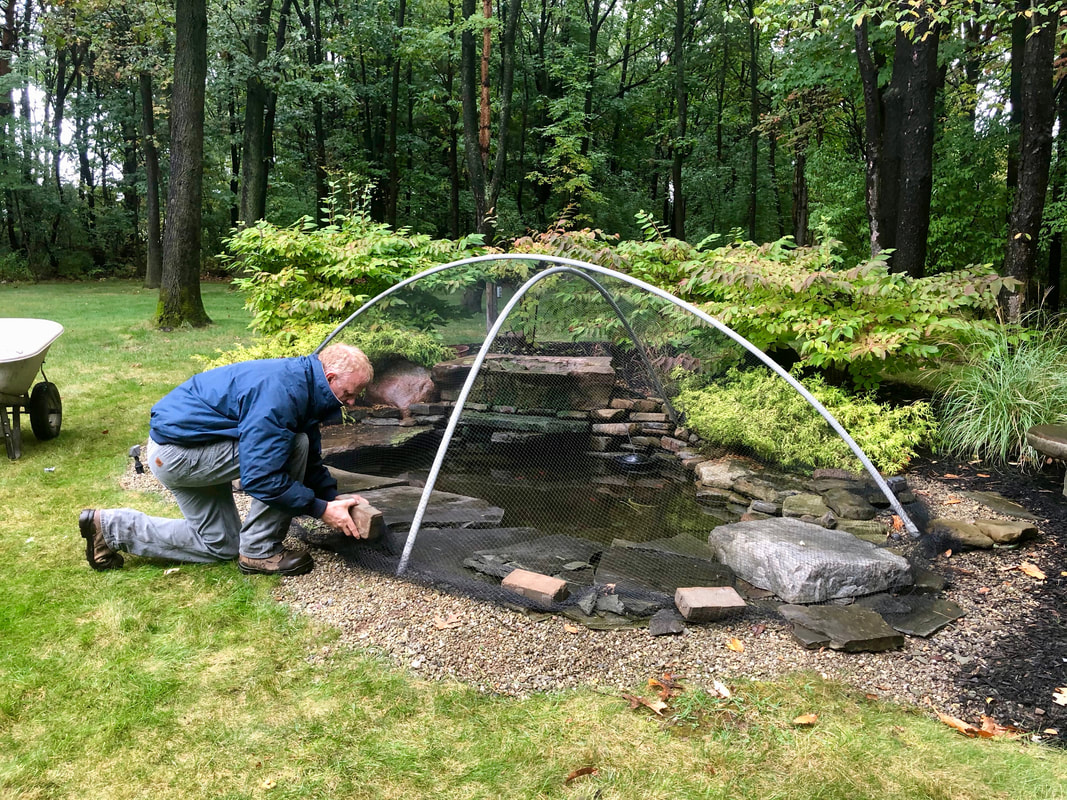 If there are large trees located near your pond then you will want to consider netting your pond. In the Rochester & Western NY areas this should get done before leaves make their way down usually at the end of September or early October. Once the majority of leaves fall the net can be removed and put away for the winter. Cut Back Pond PlantsYour pond plants will be at their best from all their summer growth. With lower temperatures coming soon, your beautiful plants will turn ugly and dieback. If left unattended in the fall, this foliage will turn brown and decompose into the pond creating a mess. Acorn Ponds & Waterfalls recommend pruning all pond plants close to the water's surface. Tropical plants including floating hyacinths and others should be removed prior to winter. Adding A Pond Aerator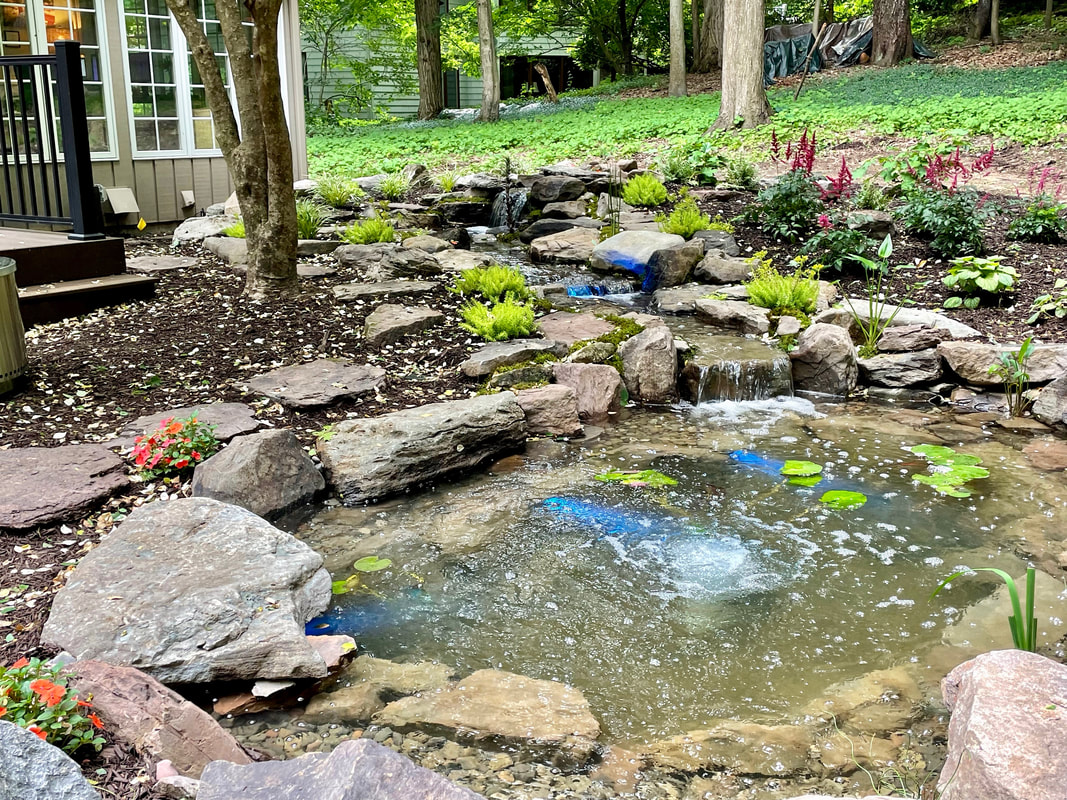 Part of fall pond preparations is adding an aerator. This will help oxygenate your pond and keep an opening in the ice for all the harmful (to fish & frogs) gases from decomposing leaves and plants in your pond to escape. Some Helpful Links:
|
| It’s mid-December and most of Rochester, Monroe County New York (NY) is covered in snow. Many of us are seeking refuge by drinking hot chocolate and watching football curled under comfy blankets. At the same time, our thoughts turn to warmer days and dreams of dangling our feet in our wondrous water gardens as we listen to the birds sing and watch toads and turtles sun themselves on the pond rocks. | Cabin Fever |
| Winter is a great time to dig out water gardening books and start planning new things for this year’s water garden. Much like veggie gardeners turn to seed catalogs for the upcoming growing season, water gardeners delight in planning the addition of new fish and plants for the pond. |
Add a New Waterfall
| Most pond owners install a water garden in their landscape so they can enjoy the sound of running water. Chances are you have a waterfall to create this soothing sound, but why stop at just one? Aquascape has made it easy to add a waterfall to your existing pond with the creation of its new Waterfall Spillway. Designed specifically to retrofit into existing features, the waterfall spillway makes it easy to add multiple waterfalls to your feature. |
Introduce Finned Friends

Children love to feed them, cats and dogs enjoy watching them, and you’ll enjoy being greeted by them every time you visit your pond.
Splurge on Plants
| New varieties of waterlilies become available every year and some are simply downright breathtaking. Look into adding some tropical water lilies for extra color & extended bloom time. You might also want to try your “blue thumb” at growing the lovely lotus. This majestic plant becomes the focal point of any water garden and can also be grown in aquatic containers placed on a sunny porch or patio. |
Create Interest With a Fountain
| A variety of fountains and spitters are available for adding a new dimension to your water garden. Whether you choose a stylized patio pond or charming resin frog spitter, there’s a decorative option for every budget and taste. Not only do fountains and spitters add a whimsical or elegant touch to the waterscape, but they also help provide delightful sounds in the garden and help to keep the water moving. Turn Your Dreams Into a Reality |
Plenty of inspiration abounds to help you plan now for an even more enjoyable season of water gardening ahead!
Log onto our image gallery at www.acornponds.com/gallery for more photos to inspire you as you dream and plan new features for your water garden.
Have Your New Water Feature Or Backyard Pond Professionally Installed By Acorn Ponds & Waterfalls Of Rochester New York (NY)
Some Helpful Blogs:
Pond & Garden Lighting Rochester|NY|Acorn Ponds & Waterfalls
Tuck a spotlight behind a waterfall and the feature takes on a magical feel. Used in the main portion of a pond, you’ll enjoy watching fish dart in and out of the lights.
| Although moonlight casts its own soft glow in your water feature, waterfall and garden lighting shows the details of the rock and water. Be creative with your garden lightingoptions and you’ll find you enjoy your water feature during the evening hours just as much as you appreciate it during the daytime. | It’s always a joy to watch fish swim in and out of lights. Be sure to incorporate LED lights which use approximately 80-90% less electricity and last 10 times longer than their halogen counterparts. Place a single bullet light in a container water garden or fountain bowl for a dramatic and interesting effect |
Add Underwater Lighting To Your Water Feature Acorn Ponds & Waterfalls Can Help You, Call Us 585-442-6373
Some Helpful Pond Info Blogs:
Custom Installed Waterfalls For Your Listening Pleasure In Rochester New York (NY) Gardens
5/23/2018
NY|Waterfalls|Installation|Repair|Services|Rochester|New York|Near Me
But if you live in the country, a small idyllic stream or waterfall can create just the right melody for harmonizing with crickets and birds.
| Do you have a wooded backyard? Don't sweat fitting a waterfall into the landscape. Let the stream wind around the trees before emptying into a crystal clear pond. | A gentle stream calms and soothes the soul after a stressful day at work. Who wouldn't want to grab a cold glass of iced tea or lemonade and unwind while gazing at this scenery? |
| Fallen logs are strategically placed to make this stream appear as though it's been part of the landscape for tens of years. | This newly created waterfall and stream was graced with a few mature plantings to tie it into its lush surroundings. Note a few strategic spots were created for sitting and dangling feet into the cool waters. |
Build & Maintain Your Water Feature With Acorn Ponds & Waterfalls - Call Today! 585-442-6373
Fall Pond Maintenance|Rochester New York|NY|Near Me
| When fall rolls around in our part of the world here in Rochester (NY) New York, the change of seasons is apparent by the beautiful, multi-colored leaves and the cool change in temperatures will remind us to start the fall pond maintenance. It may be your favorite time of year, but how will the cooler temperature and falling leaves affect your aquatic paradise? Can ponds and trees live together peacefully in the fall? |
Debris cleanup from the fall may be inevitable especially in Rochester NY, but you’ll need to pay special attention if you’re pond or pondless waterfall has heavy tree cover. A skimmer filter may not be able to keep up with catching all the leaves before they drop to the pond’s bottom and decompose.
Removing leaves and sticks with a net will make for an easier spring clean-out next year.
Debris left to rot in the pond will eventually decompose, producing gases that may be harmful to your fish.
Regardless of whether you have a lot of trees or a minimal amount leaves falling, autumn is still a time when you’ll need to empty the debris net or bag of your pond skimmer more often than you were in the summer – usually on a daily basis.
It’s also a great time to tend to your plants. It’s sad to see them go, but you definitely don’t want their debris falling to the pond bottom.
Here Is A Breakdown Of How To Care For Each Of Your Pond Plants As The Fall Season Unfolds.
Hardy Marginals Pond Plants
It’s ok to leave these plants where they are in your pond to weather the cold of winter, just be sure to trim the dying foliage of your marginal plants down to 2” above the water level.
Tropical Marginals Pond Plants
Water gardeners who live in Zones colder than 8 or 9 will need to treat these plants as they would any garden annual by replacing them each season.
A fun alternative to this is to treat them as tropical houseplants and bring them in for the winter. Most tropical marginals will do well potted in heavy garden soil in a sealed clay pot with no drainage holes. When kept wet, the plants do well in a sunny window or sunroom.
Waterlilies Pond Plants
In warm climates, tropical waterlilies are happy in the pond year round, as long as the water temperature stays above 60°F.
In areas where freezing is likely, plants should be overwintered indoors. This can be a difficult task; therefore many gardeners choose to simply buy a new plant each season.
Lotus Pond Plant
Lotus tubers will not withstand freezing, so any plants that are growing in the shallow areas of your pond should be moved to the bottom, away from freezing water. Caring for your aquatic plants in the fall will mean less work and healthier plants come spring.
In late fall, when your leaves have stopped dropping, it is also time when your winter preparation should be starting. Properly winterizing a pond at this time of year will make it easier for your spring clean-out.
We Recommend Fully Draining & Cleaning Your Koi Fish Pond At Least Once Every Year Acorn Ponds & Waterfalls Can Help You, Call Us 585-442-6373
Some Helpful Links:
Effective Way To Filter Pond Water | Rochester NY| Acorn Ponds & Waterfalls
1.- Biological filters use bacteria to break down pond wastes, converting them into less harmful compounds that can be used as aquatic plant fertilizers.
2.- Mechanical filters trap and remove debris and sediment.
3.- Water sterilizers pass water through a tube that houses an ultraviolet bulb, killing living microscopic particles in the water.
A good biological filtration system, teamed with a proper mechanical filter toremove solids before the water enters the biological filtration unit, is the most effective way to filter water. With adequate biological and mechanical filtration, the need for sterilizers is eliminated altogether, thereby ensuring a natural ecosystem pond.
The Job of a Pond Skimmer
There are two main types of skimmers: box skimmers and floating skimmers. Both types filter the water by removing floating debris and waste before it’s had a chance to fall to the bottom of the pond. The box skimmer is the predominant type of skimmer on the market today because it’s easy to maintain.
Box-style skimmers come with either vertical or horizontal filter mats. Horizontal mats prove to be the most effective, while providing the least amount of maintenance. In addition to frequent cleaning, vertical mats need to be constantly monitored to make sure there is enough water in the pump chamber for the pump to operate properly. An advantage of horizontal filter mats is that they lay flat so there is no sagging and they don’t lose their shape. They also never clog to the point of preventing water from passing through, so the pump chamber does not run dry.
As water enters the skimmer, the large debris is removed and the water is then further filtered through the horizontal mat. The pond water then travels through the plumbing buried underground, up to the biological filter where it’s further treated before re-entering the pond.
Biological Filtration Goes to Work
The water then flows from the bottom to the top of the filter, traveling through filter media housed inside the unit. The filter media helps with the removal of fine to medium-sized particles. The larger debris was already removed by the skimmer.
As the biological filter fills, it will overflow and cascade over its waterfall lip, cascading down rocks that have been set to create a beautiful and preferably natural-looking waterfall. The waterfall creates aeration for the pond, assisting in the circulation and health of the water. If a slower, stream effect is preferred, the unit simply needs to be sunk lower into the ground.
The Science Behind The Design For Pond Filtration
In biological filtration, nitrifying bacteria, known as facultative bacteria, absorb ammonia, and turn nitrites into nitrates, which are less dangerous. These bacteria require oxygen to live, so it’s important for the pond’s pump to run 24 hours a day, 7 days a week. If the pump isn’t running, the waterfalls aren’t flowing, and aeration is eliminated from the necessary equation to maintain an ecosystem pond. Keep in mind that if the pump shuts down, the bacteria will quickly use up all of the oxygen and die. This isn’t a good thing.
The Role of Aquatic Pond Plants
| Another important component to pond filtration is the use of plants. Many gardeners add a pond to their landscape for the variety of aquatic plantsavailable, and while their beauty is certainly an aesthetic asset; a critical benefit is the work these plants do to help filter the water. |
If these excess nutrients are not removed, algae will feed on them, resulting in green water, string algae, or both. Algae control is not the only way plants help create a low-maintenance ecosystem pond. Submerged and marginal plants also provide food, shade, and protection for the fish and other wildlifethat live in and around the pond.
Low-Fish Pond Maintenance
Have A Well Balance Pond with Aquatic Plants, Fish & Filtration System Call Acorn Ponds & Waterfalls In Rochester New York (NY) 585-442-6373
Some Helpful Links:
7 Tips For Planting Your Pond|Backyard Pond Design|Rochester|NY|New York
You can apply many of the same tips and guidelines you use to create your terrestrial flower beds. Things like color, height, and planting conditions are things you’ll want to consider when it comes to naturalizing your pond with plants.
1. Create Interest with Variety. Random placement of plants with varying textures and colors will create more interest than using plants that have all the same growth habit or leaf shape.
2. Play with Colors. Choose colors you like best and consider the type of lighting your pond receives. Yellow, orange, and white help brighten shady areas, while cool blue and violet tone down the intensity of the sun’s rays.
3. Go Green. A soft, calming space is created by using different textures and shades of green foliage. The combination is effective on its own, but also looks great when accented only by white flowers. You can also play with color based on leaf selection alone, since you’ll find aquatic foliage in a range of colors such as red, purple, yellow, and several variegated combinations.
5. Short in Front, Tall in Back. This might seem like a no-brainer, but always put shorter plants in front of taller ones. Most likely, you’ll spend most of your time viewing your water garden from a deck or patio, so keep that sight line in mind when planting your pond.
7. Consider Each Plant’s Needs. Be mindful of how much sun your aquatic plants require, along with their planting depth. If a plant requires full sun, that’s a minimum of 6 hours of unobstructed (ie not dappled shade) sun per day. If you’re not sure what your plant needs, search online for information.
Have A Backyard Water Feature Project In Mind? We’re Ready When You Are. Contact Acorn Ponds & Waterfalls Today. (585) 442-6373
SOME HELPFUL POND INFO LINKS:
Spring Pond Maintenance|Tips For A Clear Pond|Rochester|New York|NY
Some changes that are taking place, however, aren’t so desirable, like that excess algae growth that you’ve noticing. Understanding the transition that your pond makes from winter into spring and summer is essential in maintaining a healthy pond ecosystem.
Some simple, important steps can be the difference between a balanced pond with minimal maintenance and a pond that requires unnecessary maintenance. Although bacteria and plants don’t start growing properly until water temperature reaches 55°F, there are still some simple steps you can take to maintain a crystal clear, trouble-free pond.
1) The Plants

Place your floating plants, such as water lettuce, in your BioFalls Filter. These floating plants reproduce rapidly, using up enormous amounts of nutrients. A stick placed across the front of the BioFalls Filter will prevent the plants from flowing over the front of the waterfalls and into the pond.
Plenty of bog and marginal plants should be added to the pond. Plants such ascattails and iris take up large quantities of nutrients. They are hardy and will be back each spring to help keep your pond balanced.
Cover the water surface of the pond by planting waterlilies. Lily pads float on the top of the pond, shading the water.
2) The Bacteria
| Bacteria contains bacteria and enzymes that are specifically blended to be effective at reducing sludge, uneaten fish food, fish waste, dead and decaying plant material, and excess nutrients that cause poor water quality and clarity. Blended and tested to produce maximum results in ornamental ponds. |
Automatic Dosing System
| The more surface area available for bacteria to grow, the more efficient your biological filter. Providing crystal clear water quality creates less problems, thereby lessening maintenance, which leaves more time to enjoy the pond and less time spent maintaining it. |
3) The Fish
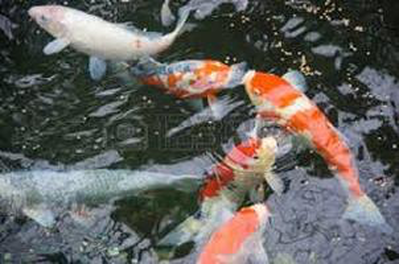
Their metabolism is still in slow motion and they are unable to digest the food properly.
If you do feed them and food cannot be digested, this can result in food starting to decay in the body of the fish causing fish to become sick and possibly resulting in their death.
When you do start feeding them, begin with small amounts of a quality fish food formulated for colder water temperature, such as Aquascape Premium Coldwater Fish Food Pellets for all pond fish.
4) Patience Please.....
We Recommend Fully Draining & Cleaning Your Koi Fish Pond At Least Once Every Year Acorn Ponds & Waterfalls Can Help You, Call Us 585-442-6373
Other Helpful Pond Info Links:
Gorgeous Lotus | Water Features | Rochester | New York | NY
These flowers are in a class all their own! Perfectly balanced and gently colored, usually in a white or delicate pink tone, the petals pile softly on top of one another making nothing more than plant perfection. Yeah. We’re BIG fans of this one! We wait through some pretty terrible winter weather to get to see these beauties.
Here Are Some Tips To Keeping Your Lotus Happy & Amazing Year After Year
The Lotus can be fertilized during the growing season as often as the Water Lily, once a month during the summer will ensure plenty of nutrients for the plant to thrive.
The base of the Lotus must be completely submerged in the water, but a shallow plant shelf will reward you with lots of blooms and great growth.
| For wintering purposes, the Lotus needs a good trim and a plunge to the deepest part of your pond. There it can maintain moisture without freezing near the surface. Keeping the Lotus season after season is an easy task. But what’s easier is going out and enjoying their beauty. Get out there! |
Keep Your Pond Looking Great With Pond Maintenance Services By Acorn Ponds & Waterfalls Of Rochester New York (NY) Call Us 585-442-6373
Some Helpful Pond Info Links
10 Tips For Fall Pond Care|Rochester|New York|NY|Acorn Ponds & Waterfalls
What Should I Do With My Pond In The Winter?
Gardeners across the country take precautions to protect their landscapes from the harsh reality of winter. Water features in the landscape require special consideration when putting your pond to bed for a long winter's nap. For Rochester, Monroe County NY pond owners, Pond maintenance chores in the fall and winter are not that difficult but are important to ensure the health of your ecosystem water garden.
Here are some basic guidelines to help your aquatic plants and finned friends weather the chill of Mother Nature. Acorn Ponds & Waterfalls can help you with these fall pond maintenance and winter preparation tasks if you live in the Rochester, Monroe County New York (NY) area. Be sure to contact us early to ensure a spot on our schedule.
- Decaying leaves and foliage produce toxic gases that can harm your fish so you want to remove this debris before winter rolls into town. You don't need to remove every single last leaf, but try to remove the majority.
- If you put protective pond netting over your pond before the leaves started to fall, your job is easy. Carefully roll up the net and discard the leaves that were caught.
- If you didn't use a net over the surface of your pond, you'll need to remove the build-up of leaves from the bottom of the pond. Use a long handled pond net to scoop them out.
- Check yourskimmer basket and remove any leaves that are still caught inside.
- Add Cold Water Beneficial Bacteria to the pond once the temperature drops below 50 degrees. Use twice weekly for two weeks, and then once per week until the water starts to freeze.
- Stop fertilizing your aquatic plants after the first frost.
- Trim back hardy marginal aquatic plants to 2" above the water to keep the dead foliage from drooping over into the pond.
- Trim back waterlily leaves and stems to 2-3" above the base of the plant. This keeps dead foliage from decomposing in the pond.
- If you left hardy waterlilies in their pot, drop them into the deepest part of the pond to over-winter. Do not bring them indoors as they need a period of dormancy.
- Bring tropical waterlilies indoors if you want to over-winter them. Keep the pot in 50-degree water or take them out of the pot and store in sand. Be advised, even trained horticulturists lose a lot oftropical waterlilies when storing them indoors, so you might simply want to treat them as annuals.
- Once temperatures drop to 50 degrees, stop feeding your fish. They need to get ready to hibernate and you'll want to avoid any metabolic complications. You can feed them Cold Water Fish Food until the temperature drops below 50 degrees.
Acorn Ponds & Waterfalls Can Help You With Fall Pond Maintenance & Winter Preparation, Call Us 585-442-6373
Acorn Ponds & Waterfalls Offering Fall Pond Maintenance Services & Landscape Ideas For Rochester, Monroe County, NY
| Looking for Fall Pond Maintenance or Landscape Ideas In Greece, NY? If you don't see your town below, give us a call 585.442.6373 Acorn Ponds & Waterfalls Fall Pond Maintenance Service Areas: Rochester, Monroe County, New York, NY Pittsford, Penfield, Brighton, Fairport, Irondequoit, Perinton, Victor, Mendon, Webster, Greece, Chili, Scottsville, Bushnell's Basin, Rush, Henrietta, North Greece, East Henrietta, West Henrietta, East Rochester, Bloomfield, West Webster, North Gates, Honeyoye Falls, Gates Chili, Bergen, Palmyra, Charlotte, Palma, North Chili, NY |
Pond Service|Review|Rochester New York|NY
Click here to see review on Houzz
Project Date: May 2015
Project Price Range: $1,000-$9,999
I hired Tom after interviewing a few companies regarding my existing two-tiered pond with waterfall that had become overgrown with algae and a maintenance nightmare. Most companies offered a maintenance program to clean periodically as the solution, but Tom offered a solution that required limited maintenance.
While the other solutions would have been less costly they didn't get to the root of the problem and were more of a Band-Aid approach. Tom's Aquascape solution made more sense to me in that it included an ionizer, beneficial bacteria doser, skimmer and BOG filtration system. I did question the cost of his solution during the process, but now feel I received fair value for the solution he brought to the table. It has been 2 months since he completed his work and I'm very pleased with the results. The ionizer after finding the correct setting and beneficial bacteria dozer has kept 95+% of the algae away. I get the occasional string of algae that is easy enough to rake out and allows me to see and enjoy the beautiful Koi that I have.
The skimmer has trapped all the debris that falls into the pond after the last few windy months that would have settled on the bottom. While I am grateful for all that and it has truly allowed me to enjoy my pond again, my favorite thing Tom did was install the BOG filtration system, as it has turned the second tier of my pond into a thing of beauty with the incredible plants he put up there. I know that the filtration system is also helping with the algae problems I had, but I really didn't expect to enjoy the beautiful plants up there that give the whole pond a softer look than just looking at a lot of rocks. I also want to communicate that Tom kept his commitments in regards to the timing of the project and has been available if I have any questions.
Even when I don't have questions he has followed up multiple times to make sure everything is going well and to see if I needed anything. All in all, Tom and his guys surpassed my expectations and I would highly recommend working with him and his company.
Have Your New Water Feature Or Backyard Pond Professionally Installed By Acorn Ponds & Waterfalls Of Rochester New York (NY)
Click here to see more reviews for Acorn Ponds & Waterfalls
Summer Pond Maintenance|Tips|Services|Rochester New York|NY
Summer Pond Maintenance Tips For Rochester New York
Pond Owners
| Record high temperatures in the Rochester, Monroe County, New York (NY) area create a number of challenges for people, pets, plants, and yes, even your water garden. You’ll want to keep a close eye on your pond, especially when the water temperature reaches 80 degrees or higher. Warm water has a low capacity for holding oxygen, so you may start to see your fish gasping for air close to the water’s surface, or especially close to a fountain or waterfall. In addition, warm pond water leads to increased activity and that means your fish require more oxygen at a time when it’s least available. |
| You’ll also want to stock your pond with a lot of plants to provide shade for the fish. A good rule of thumb is to provide plant coverage of approximately 1/3 to 1/2 of the pond’s surface area. Waterlily pads provide great coverage, but if your pond lacks the proper amount, you can easily add floating plants such as water lettuce until the waterlilies fill in. |
| Perhaps one of the most important parts of pond design is circulation. If possible, you’ll want to place your biological filter and mechanical filter across the pond from each other, so that all areas of the pond are skimmed and the water circulated. And keep in mind that waterfalls, streams, and even fountains play a huge part in the oxygenation of the water in your pond. If you don’t already have a waterfall cascading into your pond, you might want to invest in a fountain that can be added without any construction to the pond. |
- Add oxygen to your pond by placing an aerator or AquaForce® pump in your pond. You can also install a fountain with a pump if your pond doesn’t have a waterfall or stream built in.
- If you feed your fish, feed them in the morning and be careful not to overfeed. Uneaten food decays faster in warmer water and can pollute the pond.
- Be sure to remove dying leaves and flowers before they have a chance to decay in the warmer water.
Demand The Best, Have It Installed Right... The First Time!
Summer Pond Maintenance By Acorn Ponds & Waterfalls Of Rochester New York (NY)
| Looking for Ecosystem Pond & Goldfish Pond Services or Pondless Water Feature Ideas In Pittsford, NY? If you don't see your town below, give us a call 585.442.6373 Acorn Ponds & Waterfalls Water Feature Service Areas: Rochester, Monroe County, New York, NY, Pittsford, Penfield, Brighton, Fairport, Irondequoit, Perinton, Victor, Mendon, Webster, Greece, Chili, Scottsville, Bushnell's Basin, Rush, Henrietta, North Greece, East Henrietta, West Henrietta, East Rochester, Bloomfield, West Webster, North Gates, Honeoye Falls, Gates Chili, Parma, Palma, Charlotte, NY |
Control Floating Aquatic Plants|Hyacinth|Water Lettuce|Tips|Rochester NY|Near Me
| Keeping floating aquatic plants from getting pulled into the pond skimmer can sometimes be a chore in Rochester, NY. Have you ever purchased water hyacinth or water lettuce from a garden center, placed them in your water garden only to come back a short time later and find all your new plants blocking the skimmer? |
How To Control Your Floating Pond Plants
- Short piece of flexible pipe.
- Saw or utility knife to cut the pipe.
- Coupling to connect the pipe.
- Fishing Line.
Install Your New Water Plants
If You Need Help Or Have Any Pond Maintenance Questions, Call Acorn Ponds & Waterfalls In Rochester (NY) 585-442-6373
Other Helpful Related Pages To Read
Author
Landscape Designer / Pond Contractor, Tom Warmerdam has been designing, installing & maintaining koi ponds, water features, patios, landscape lighting & creating outdoor living area paradises all around Rochester, New York (NY) for over 30 years. His company Acorn Ponds & Waterfalls was awarded by Aquascape Inc. as one of the top 100 in North America in 2014. He has been attending conferences at Aquascape headquarters every year since 2004 in Chicago, Ill to maintain his Certification(Certified Aquascape Contractor) status.
Archives
March 2024
February 2024
January 2024
October 2023
July 2023
June 2023
May 2023
April 2023
March 2023
February 2023
January 2023
March 2022
January 2022
September 2021
August 2021
July 2021
June 2021
May 2021
April 2021
June 2020
April 2020
February 2020
January 2020
September 2019
July 2019
June 2019
May 2019
April 2019
March 2019
February 2019
December 2018
July 2018
June 2018
May 2018
April 2018
March 2018
December 2017
September 2017
July 2017
June 2017
May 2017
April 2017
October 2016
June 2016
May 2016
April 2016
March 2016
February 2016
January 2016
October 2015
September 2015
August 2015
June 2015
April 2015
March 2015
February 2015
January 2015
December 2014
Categories
All
Aquatic Pond Plants
Backyard (KOI) Ponds
Bog Filtration
Commercial Features
Customer Reviews
Fire Features
Garden Fountains
Green Pond Water
Landscape Design
Landscaping Ideas
LED Pond Lighting
Pond Algae
Pond Cleaning
Pond Construction
Pond Contractors
Pond Design
Pond Filtration
Pond (KOI) Fish
Pondless Waterfalls
Pond Maintenance
Pond Repair
Pond Tour
Pond Water Treatments
Pumps & Plumbing
Recreational Ponds
Waterfalls
Water Features
Water Gardens
Wildlife

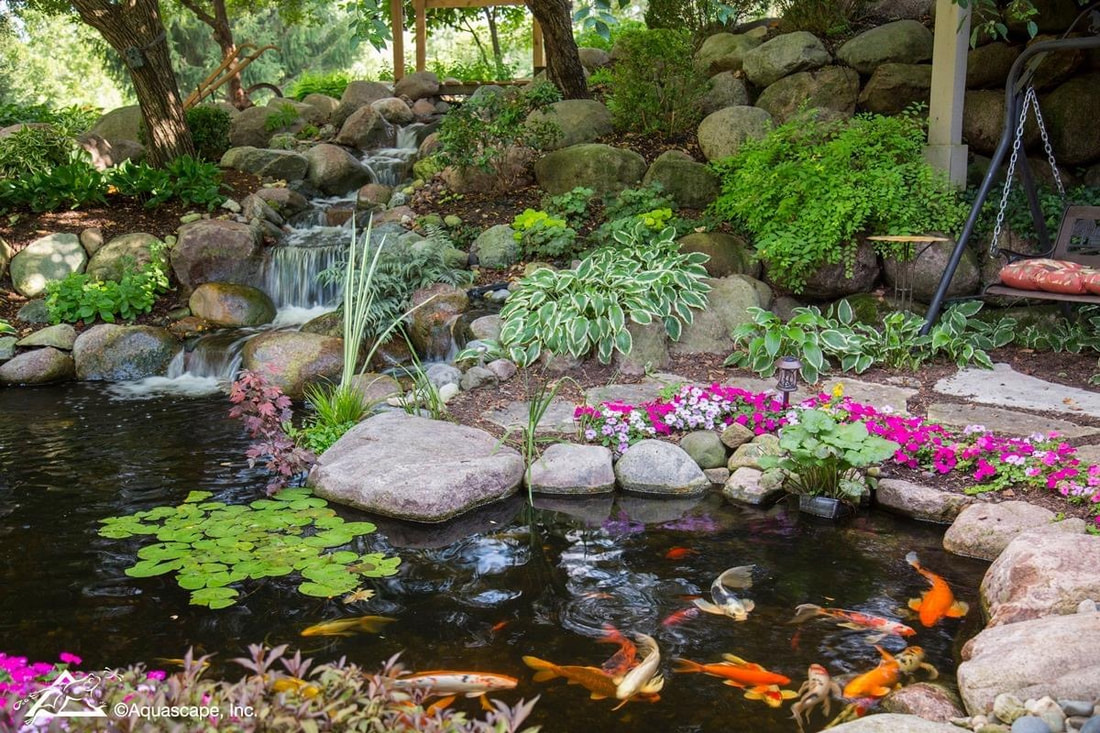
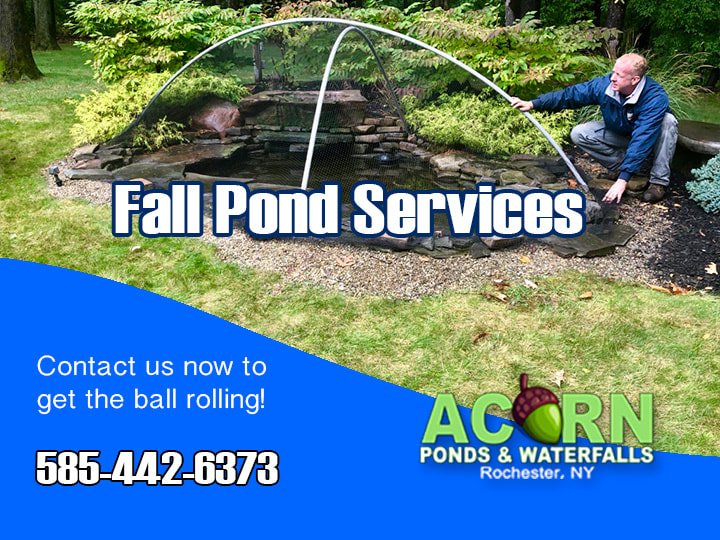
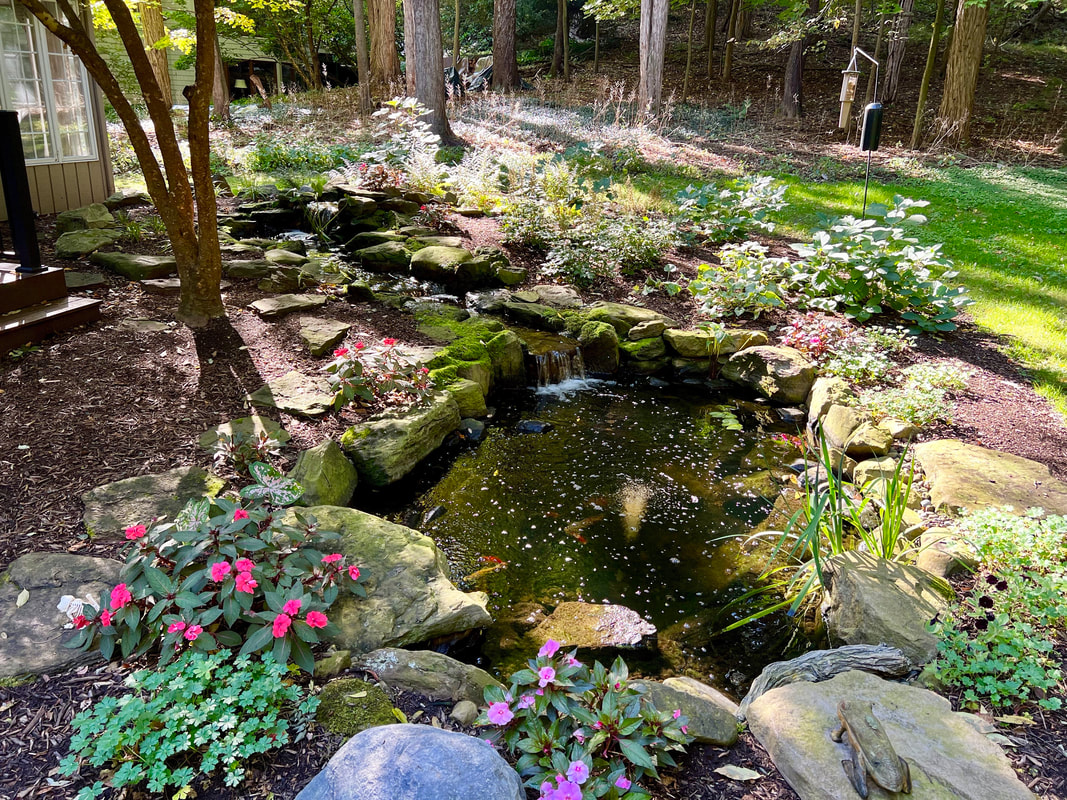
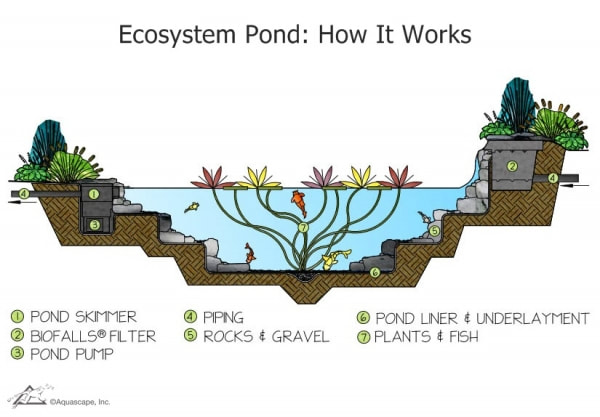
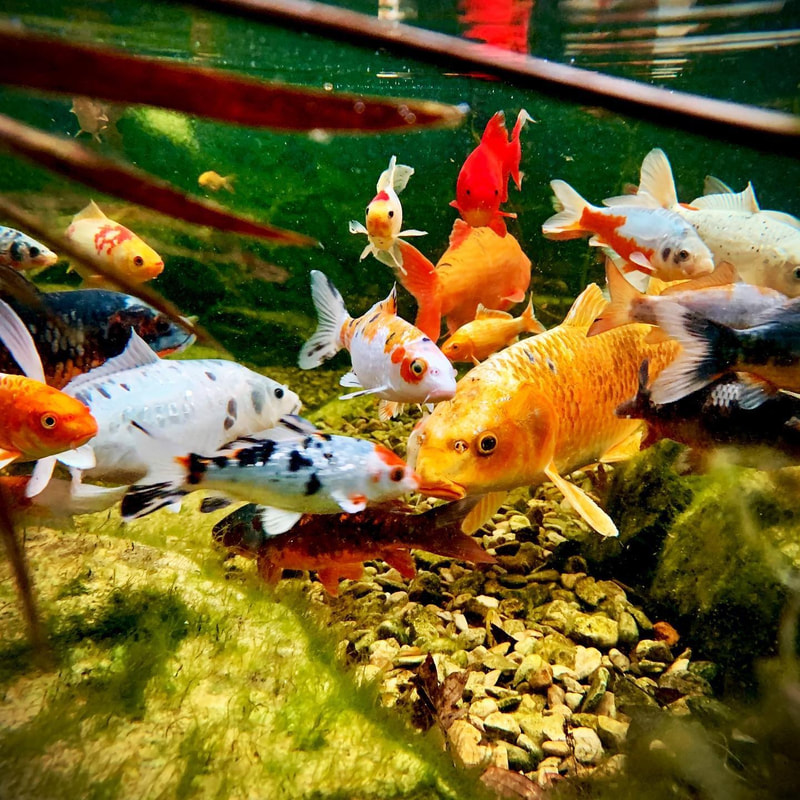
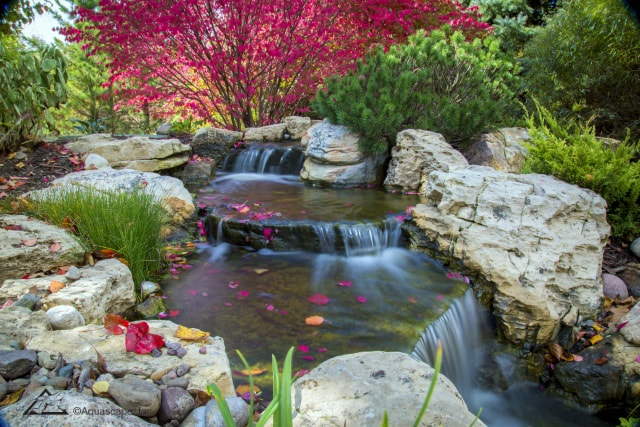
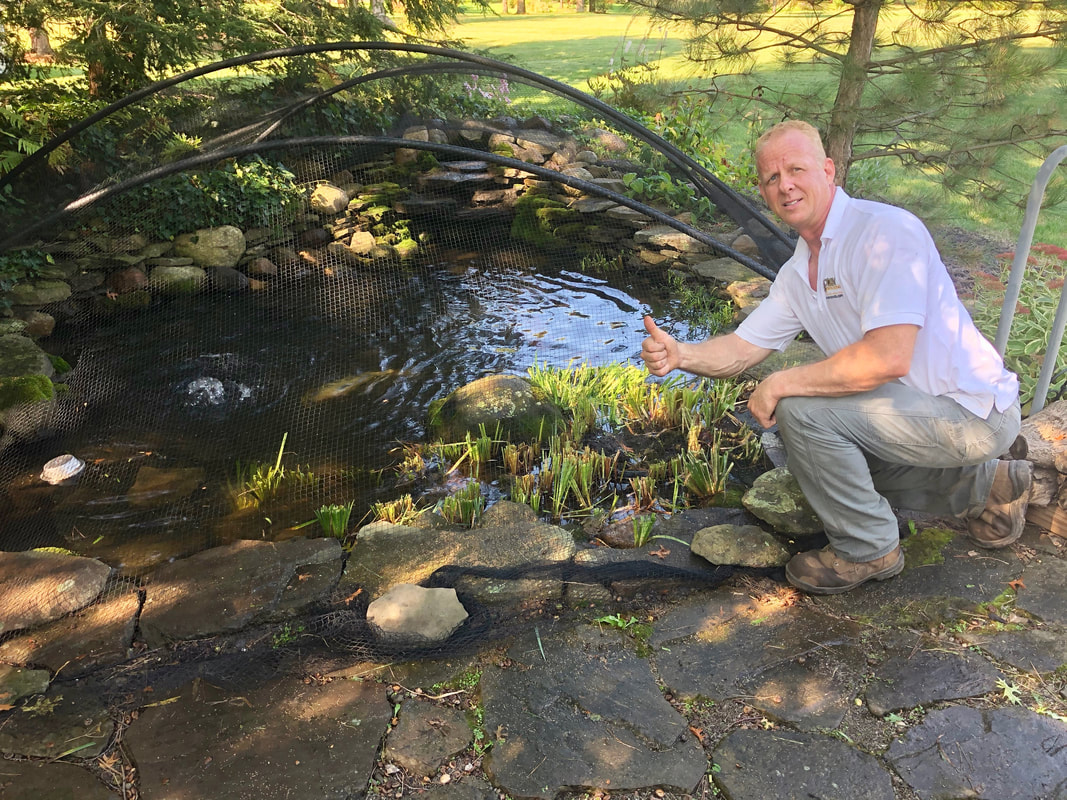
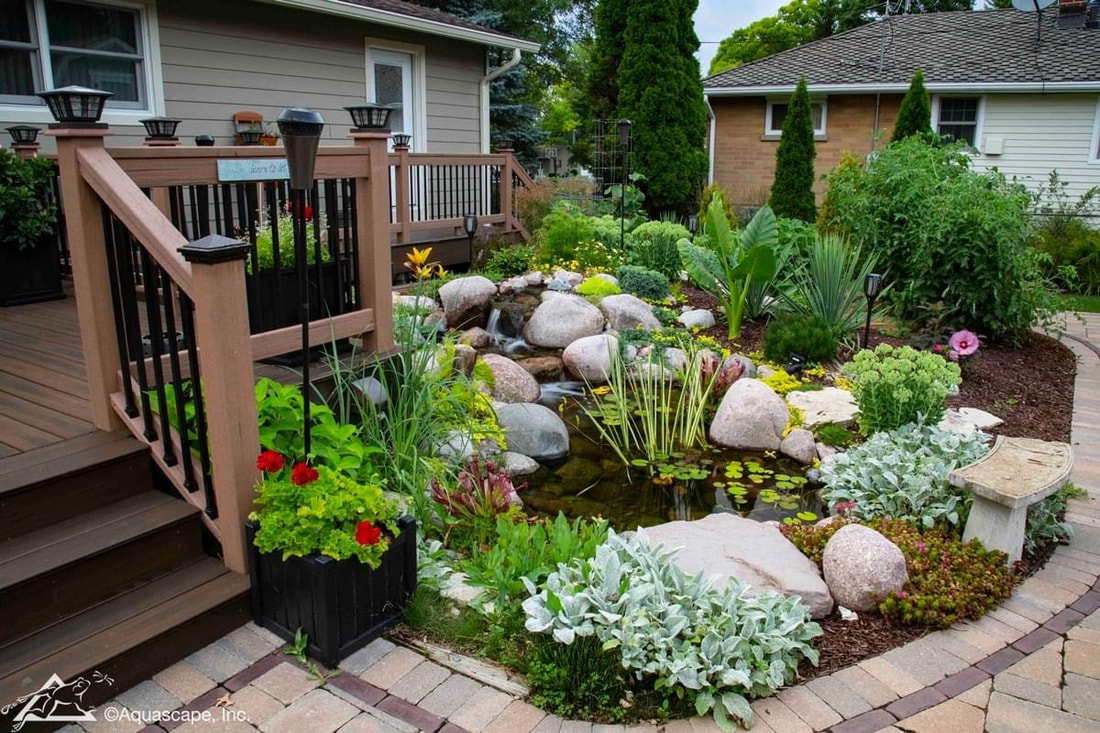
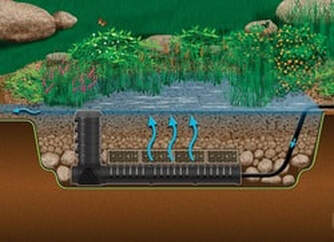
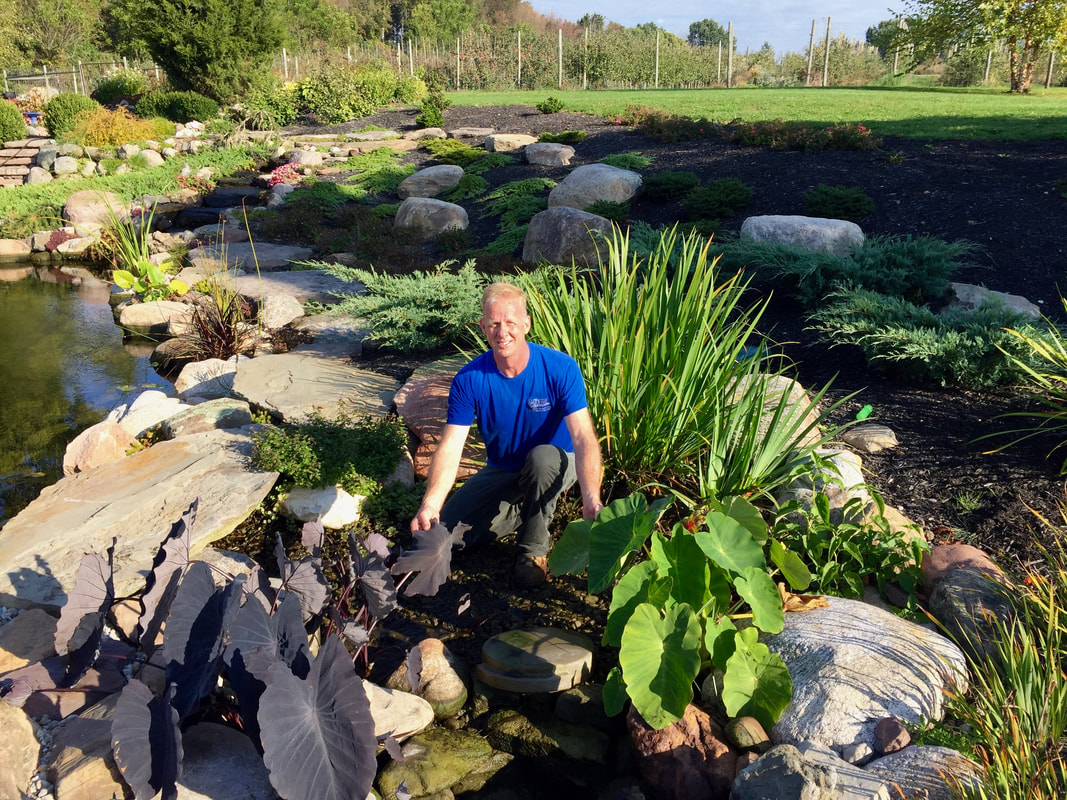
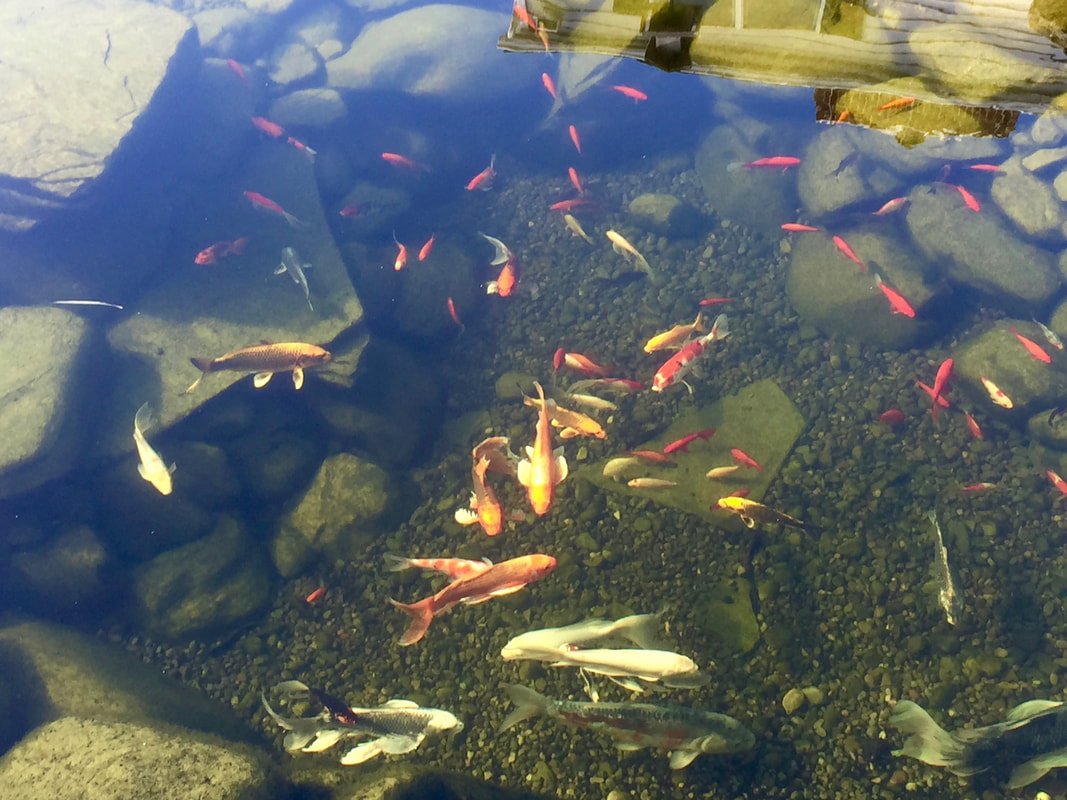
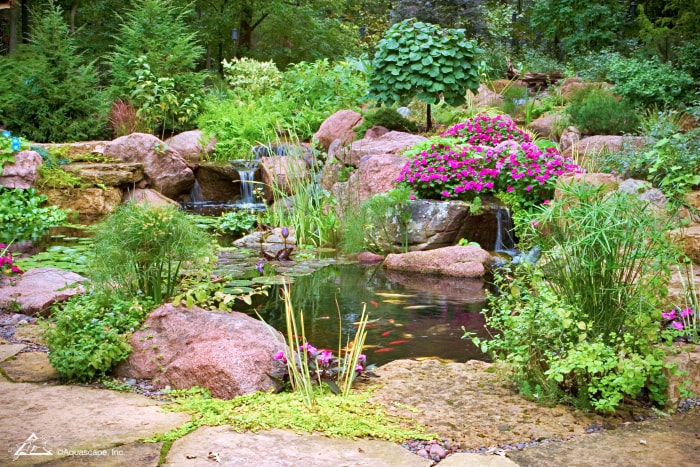
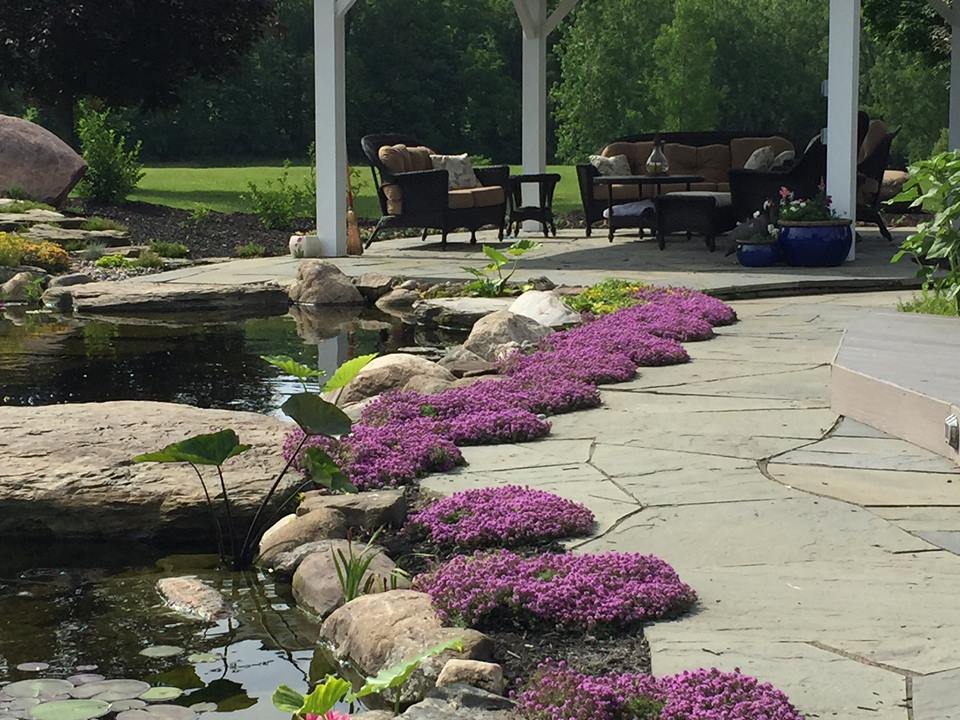
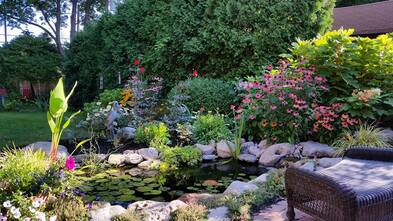
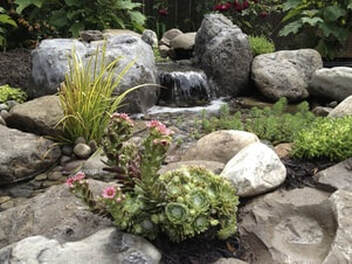
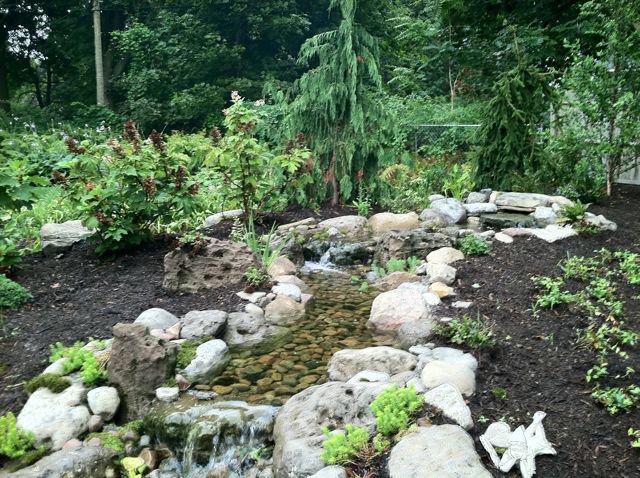
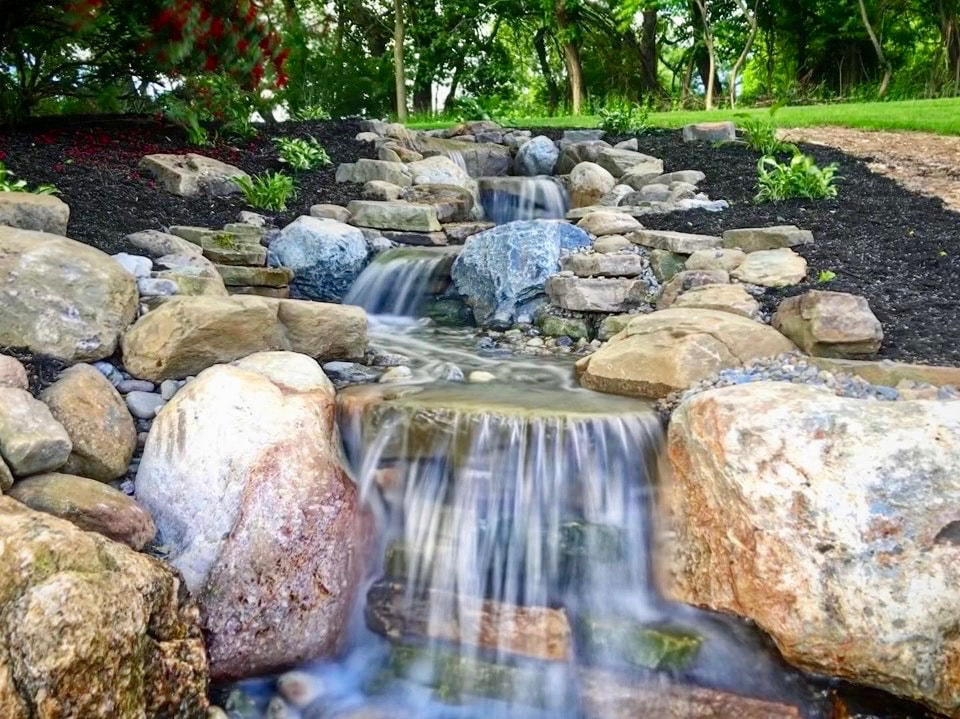
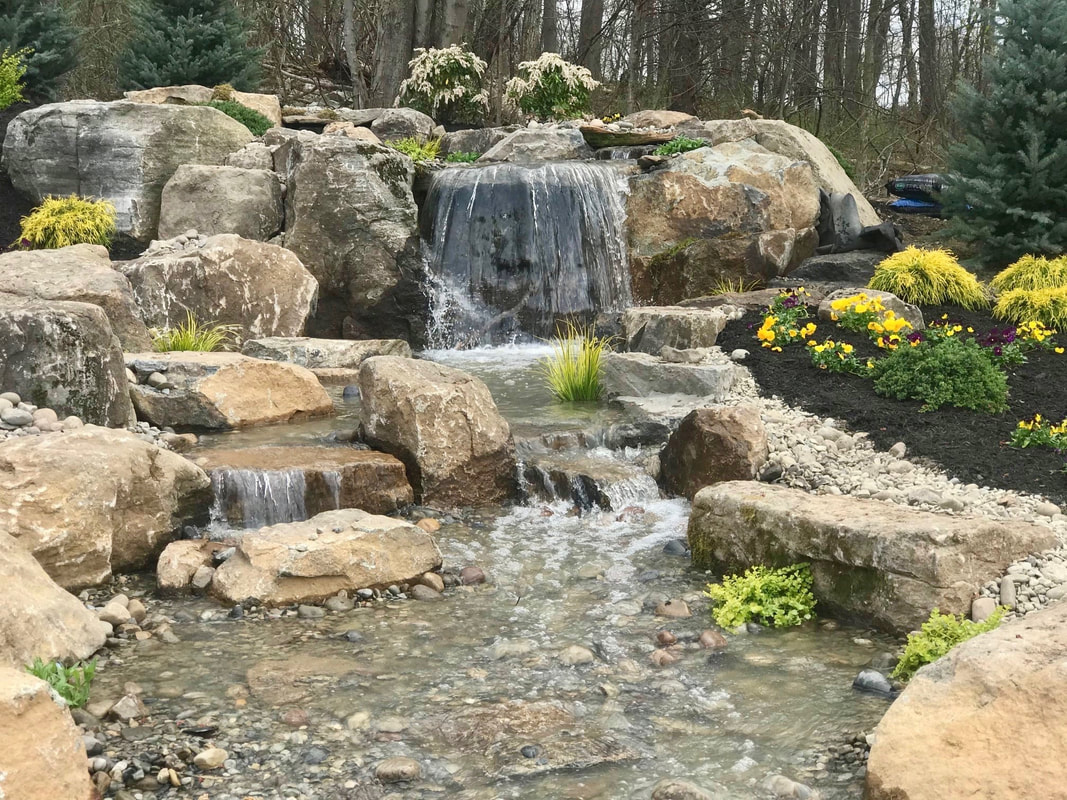
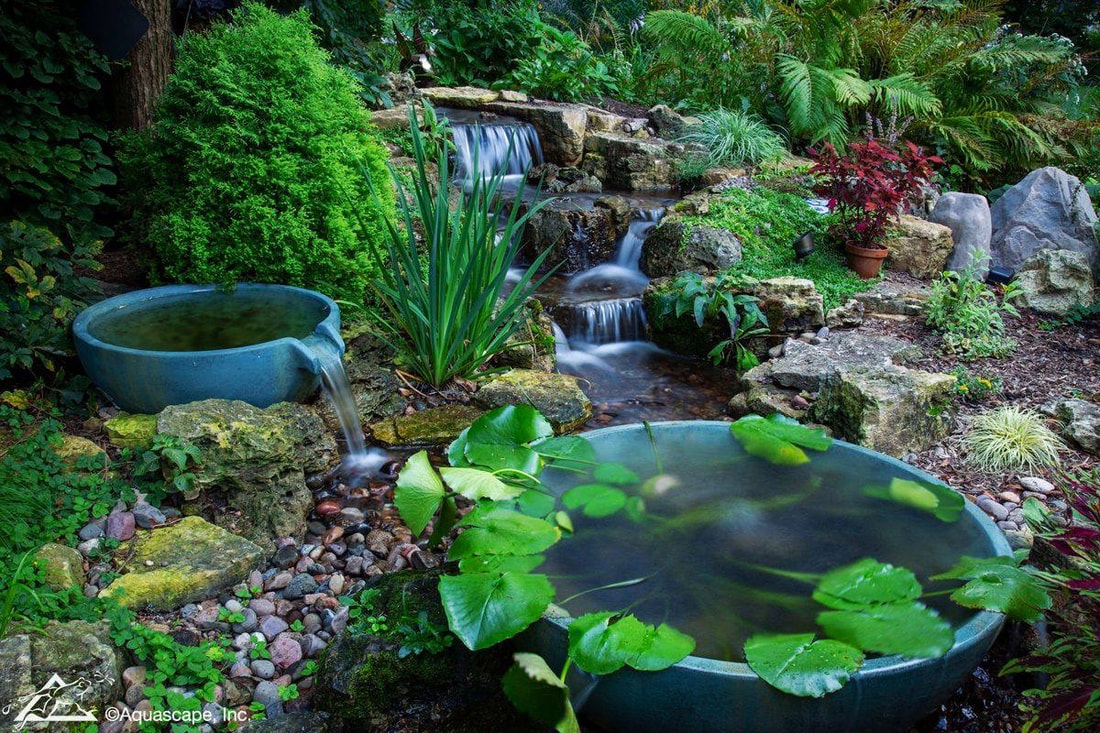
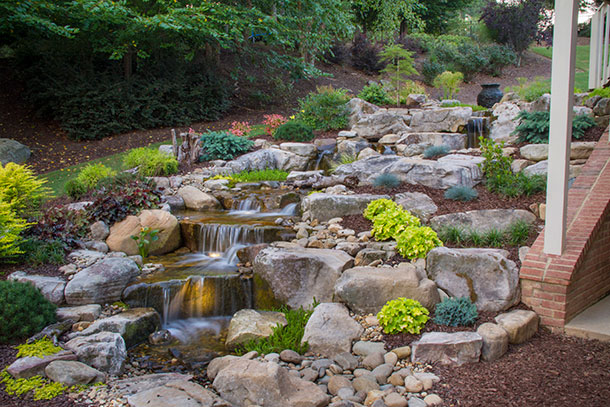
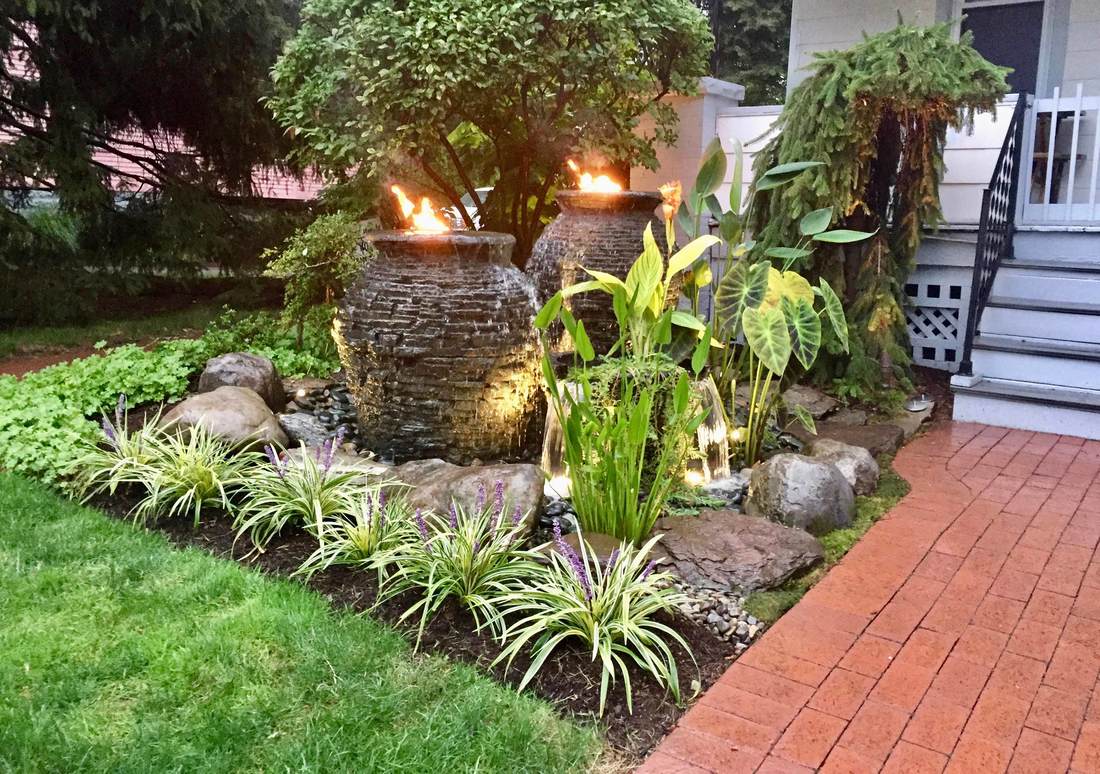
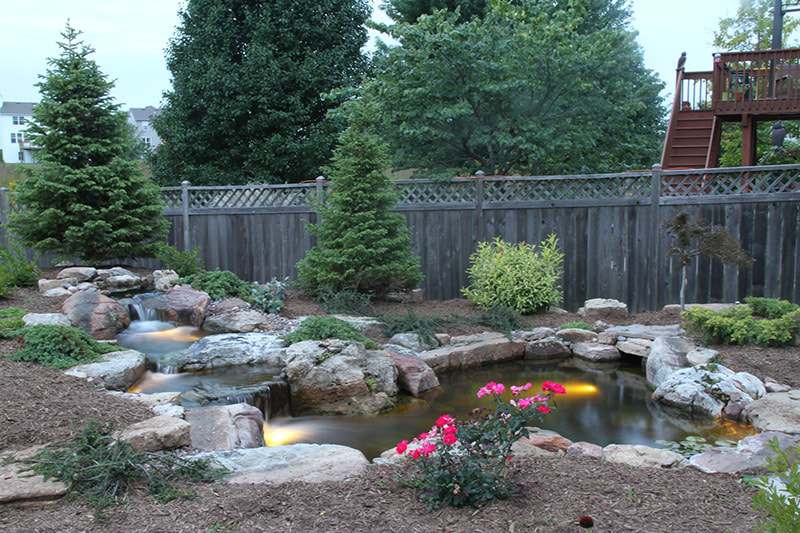
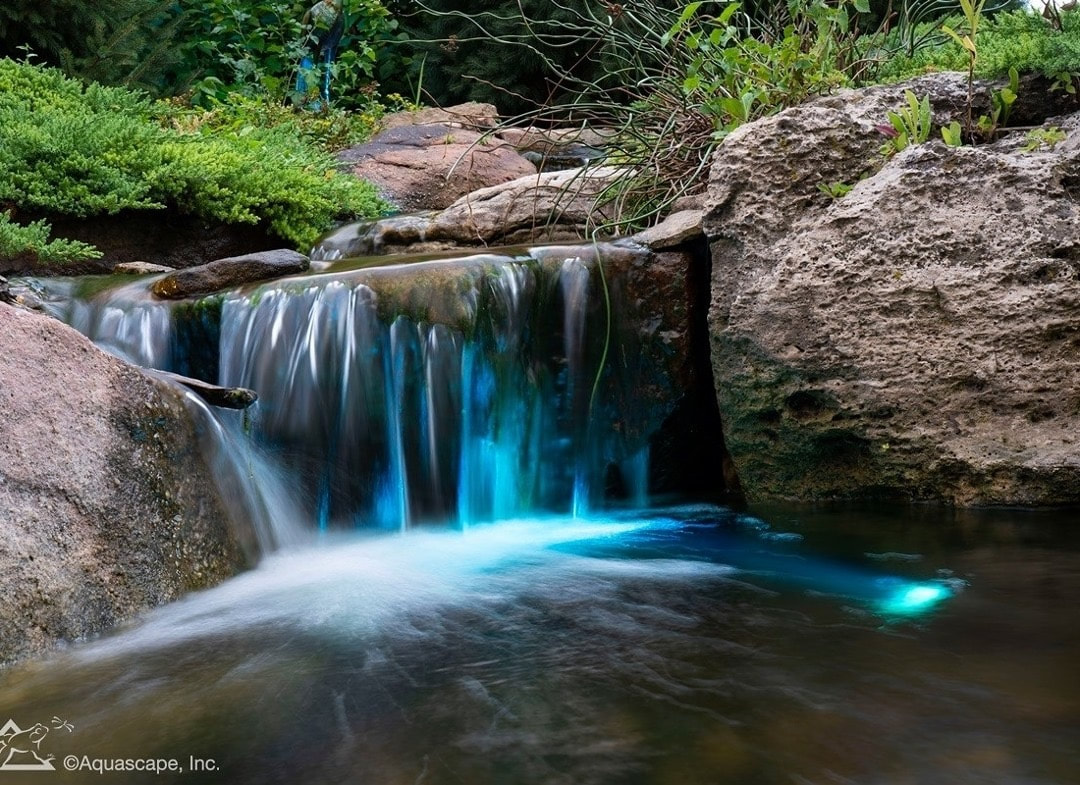
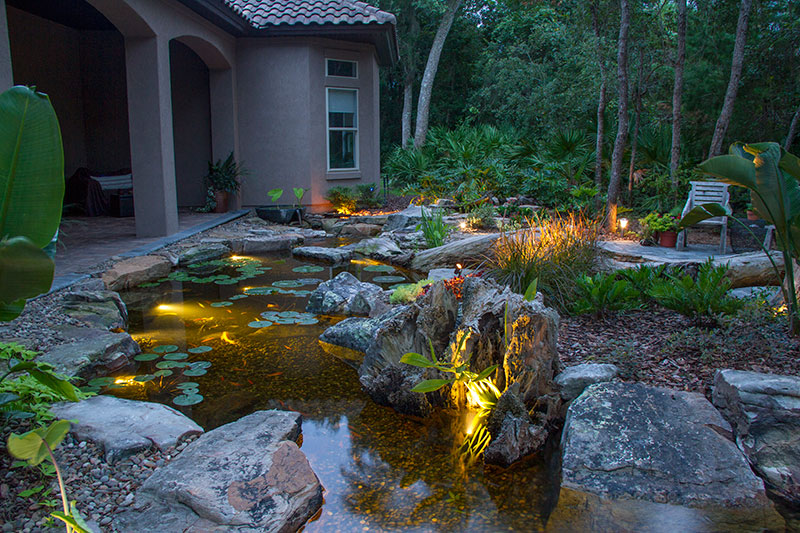
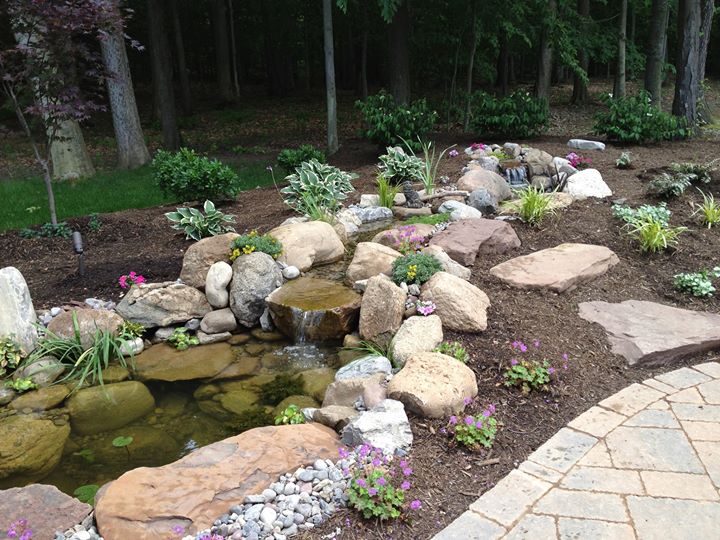
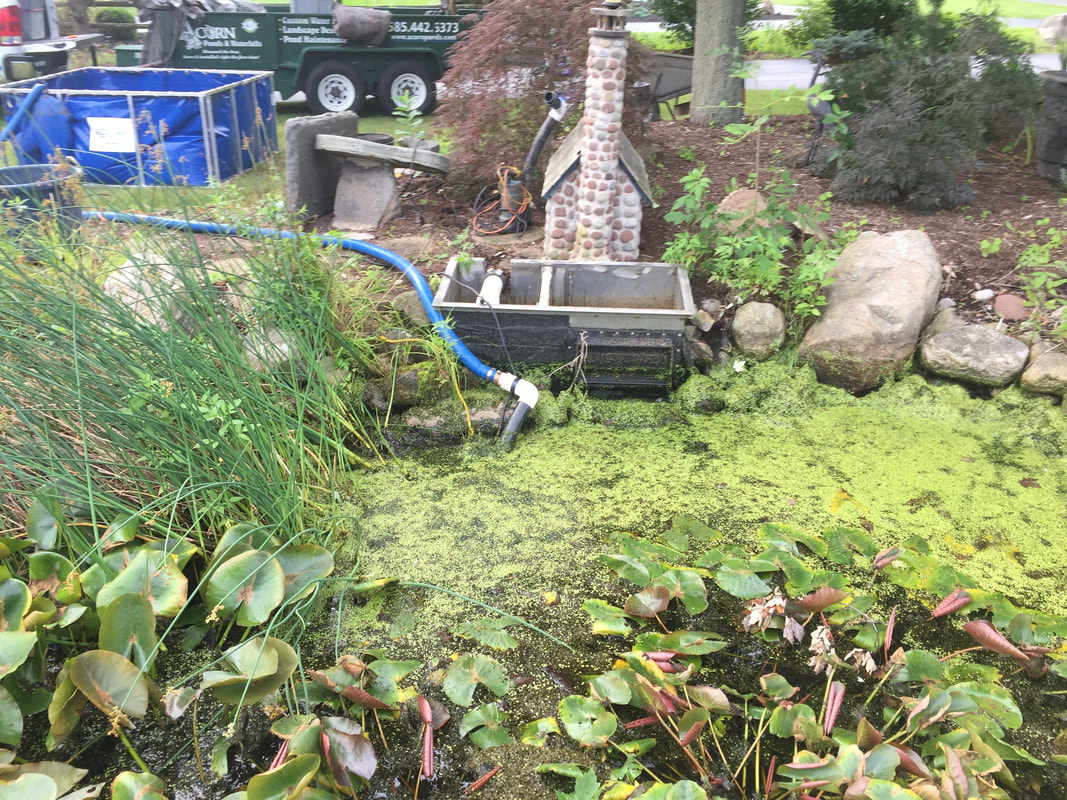
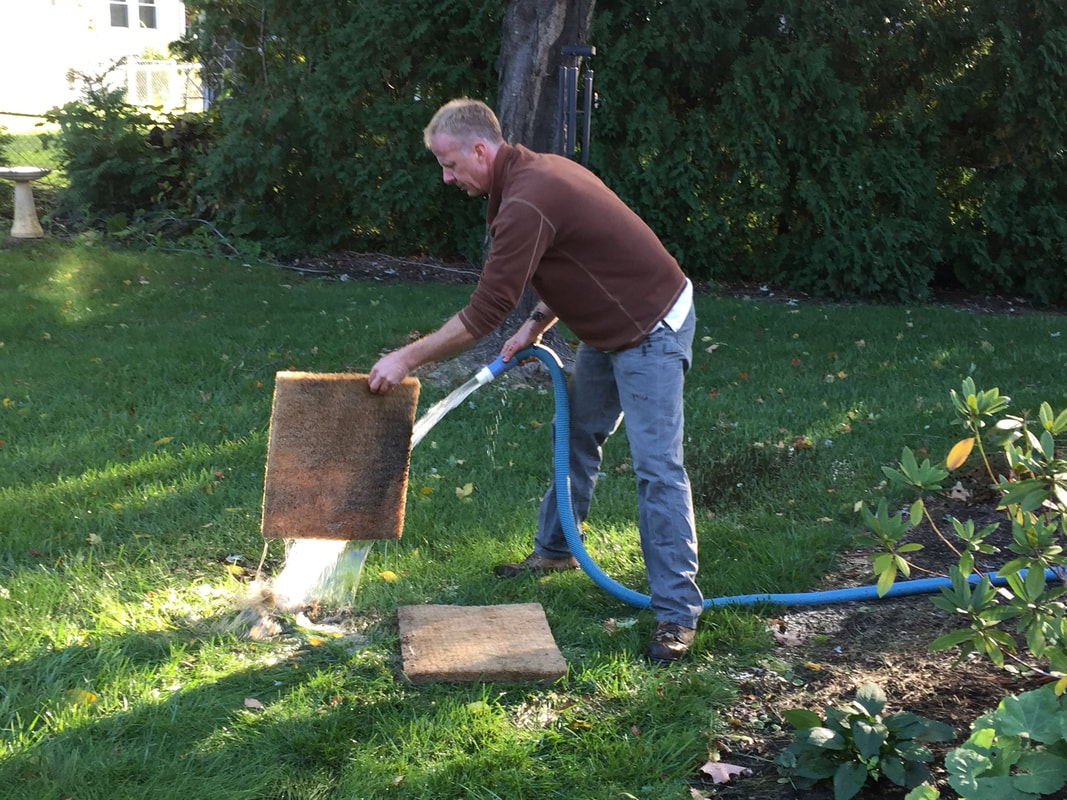
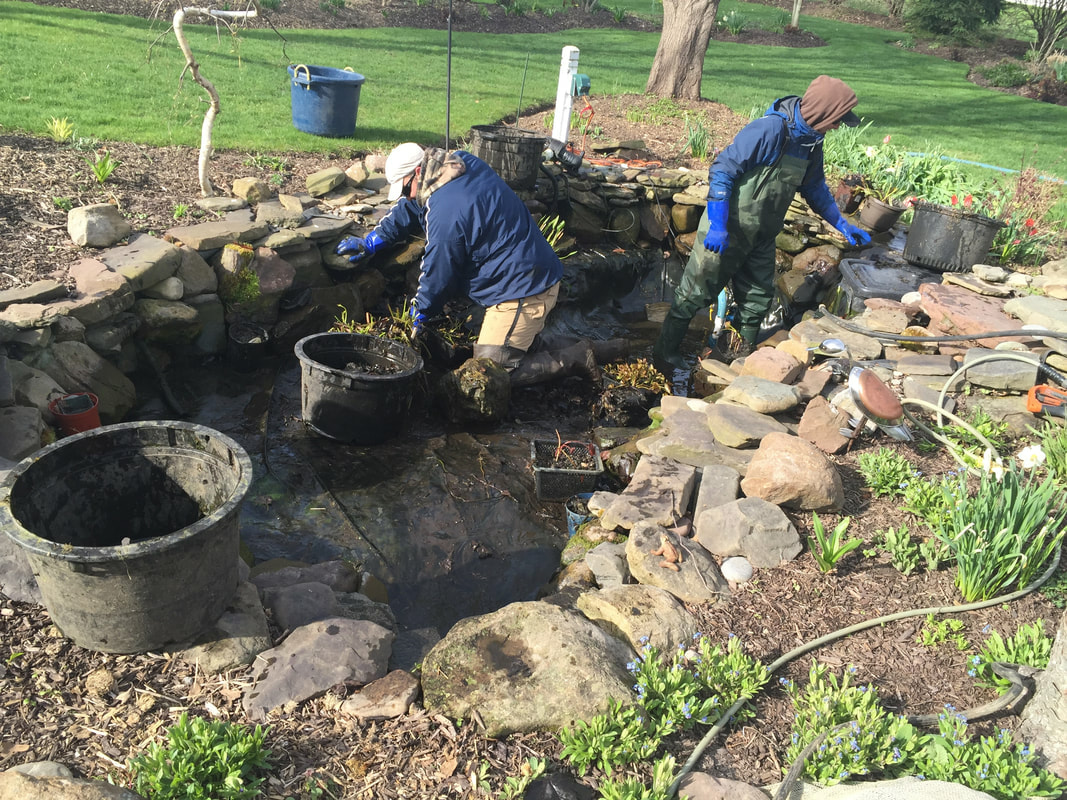
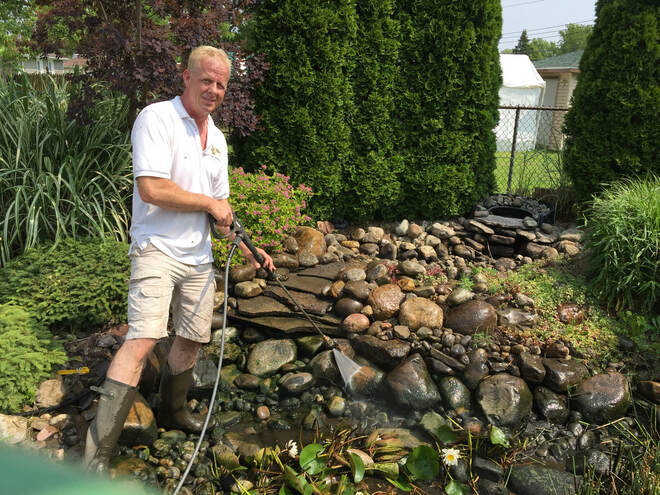
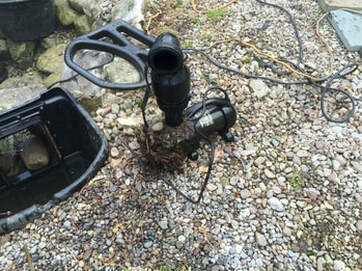
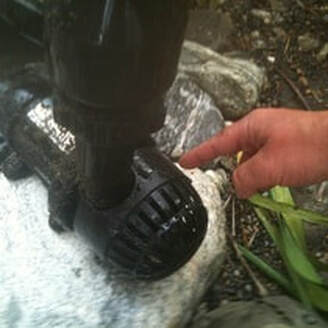
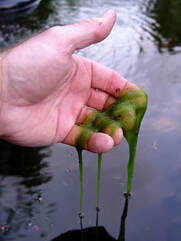
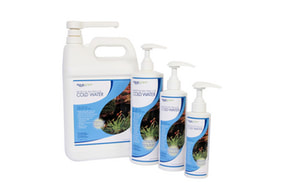
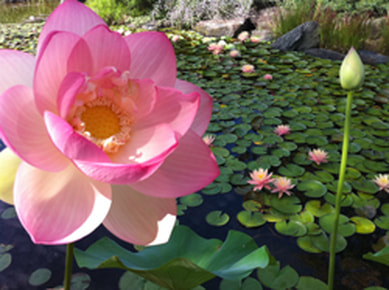
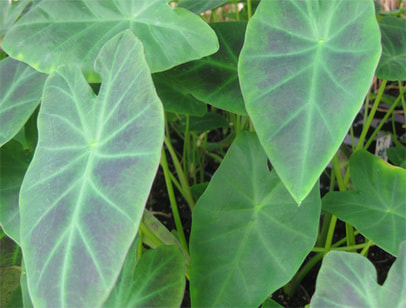
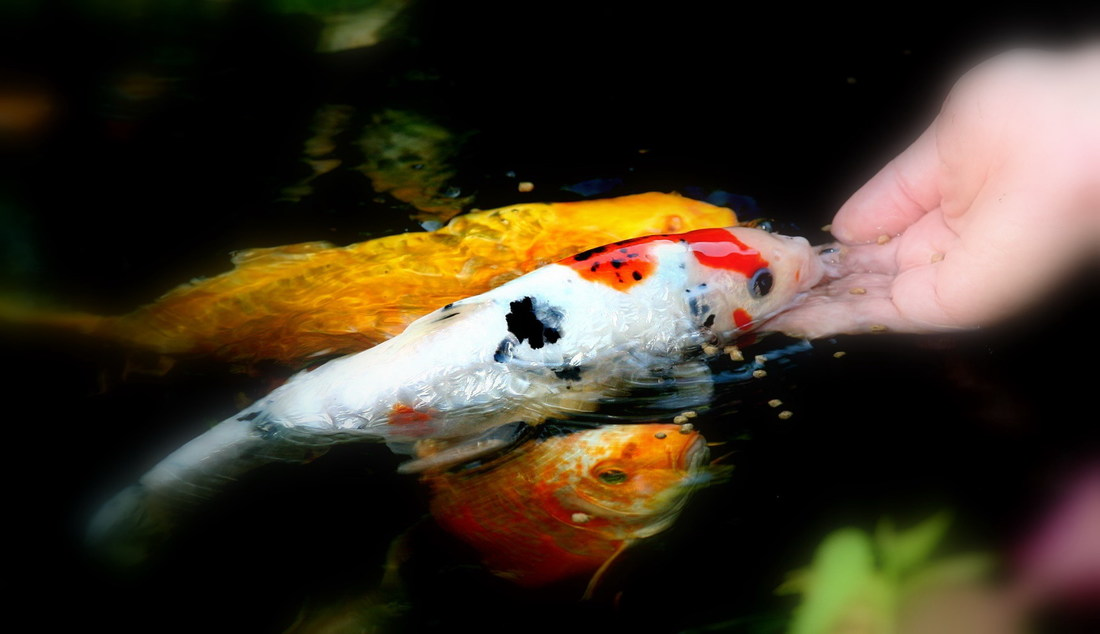
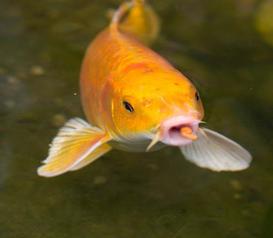
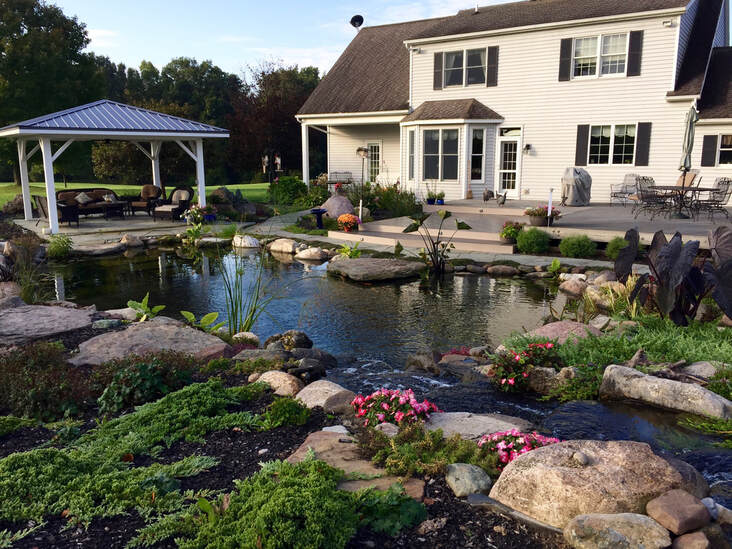
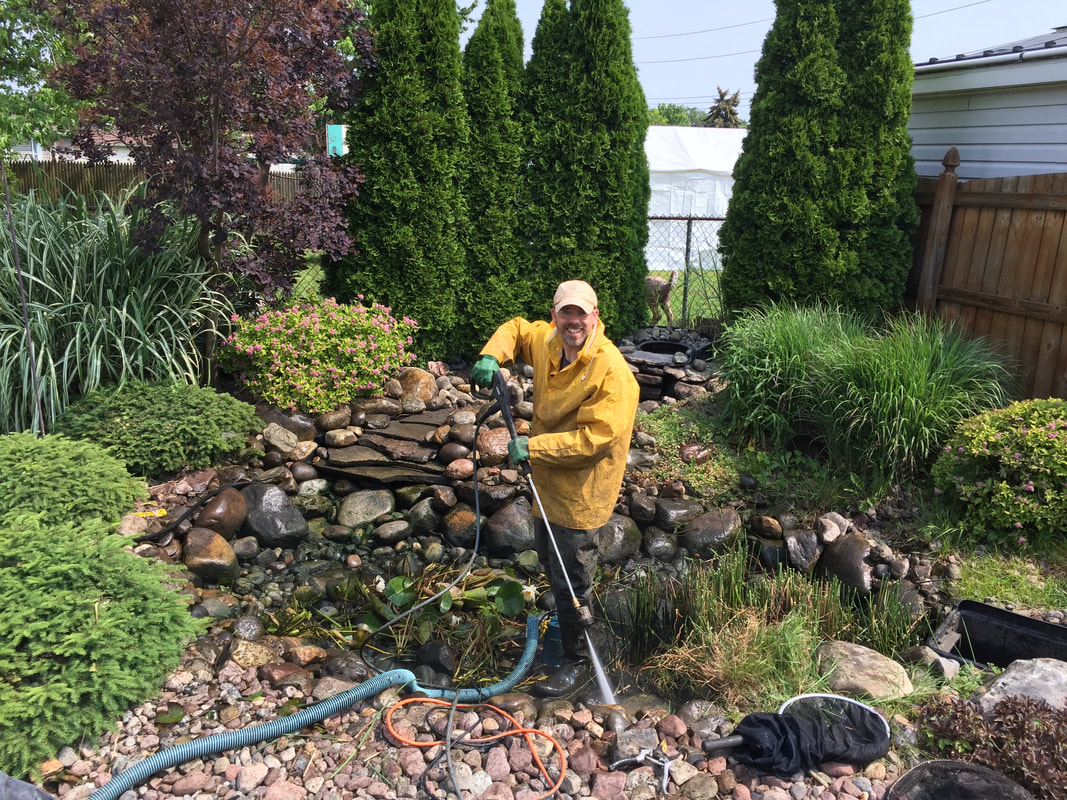
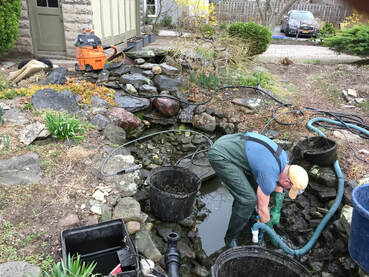
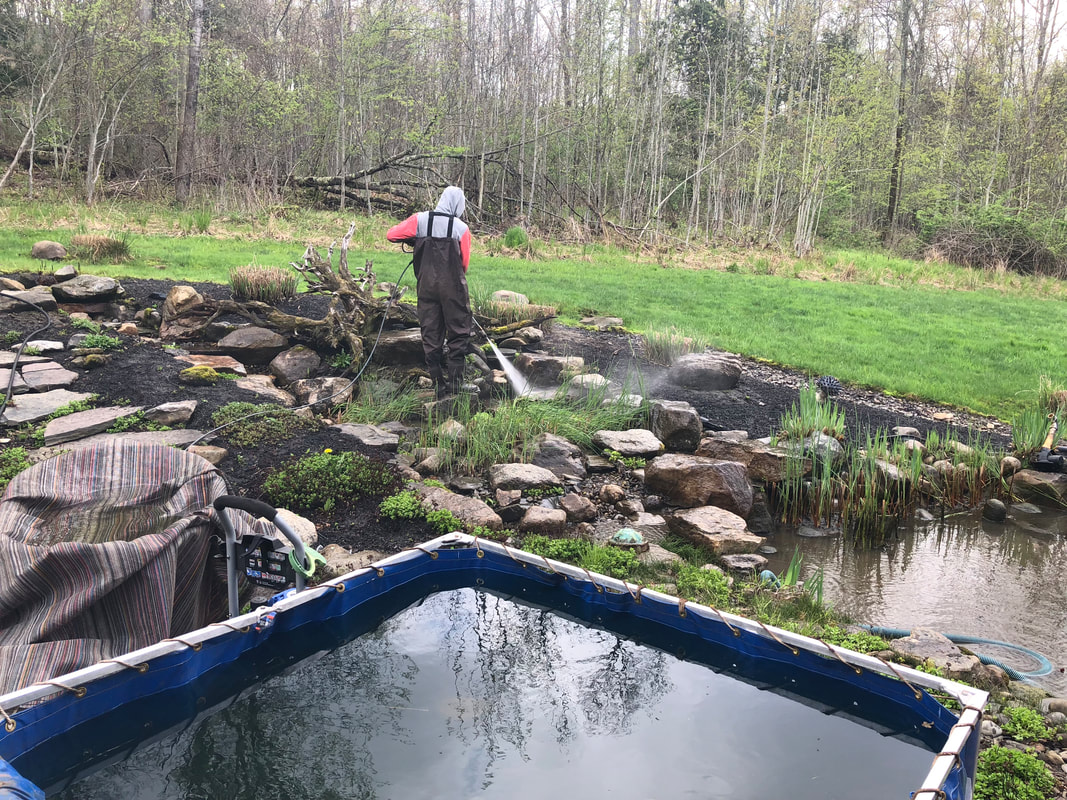
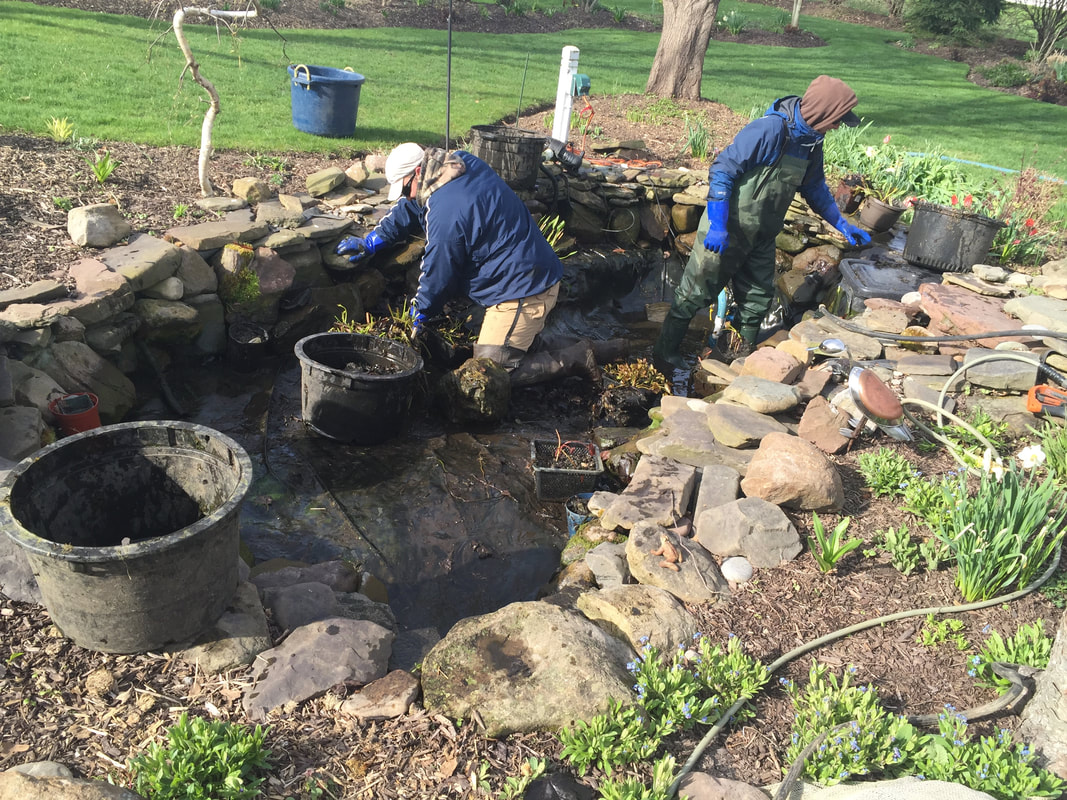
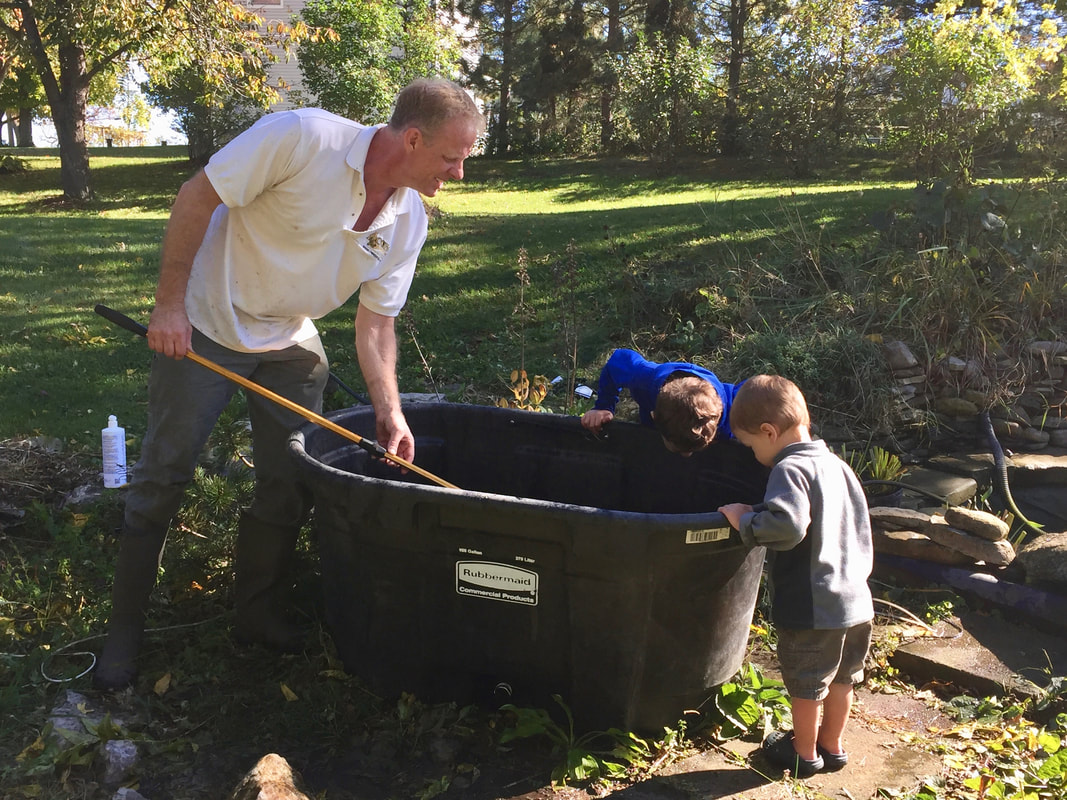
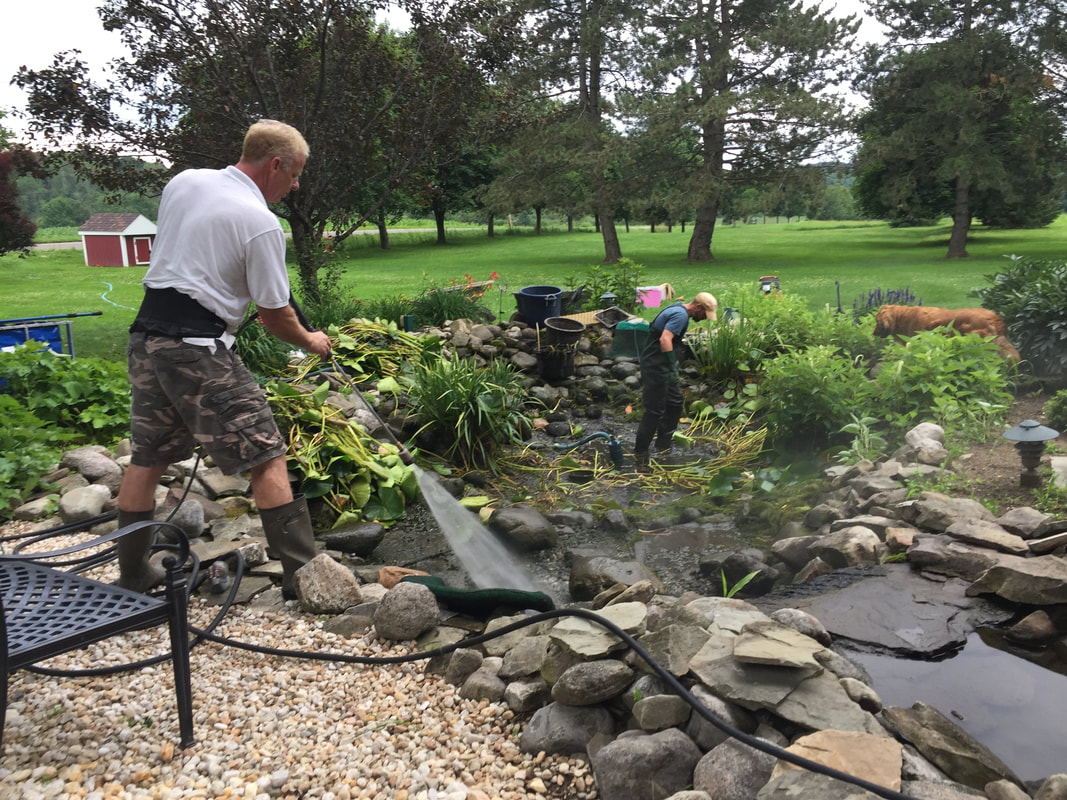
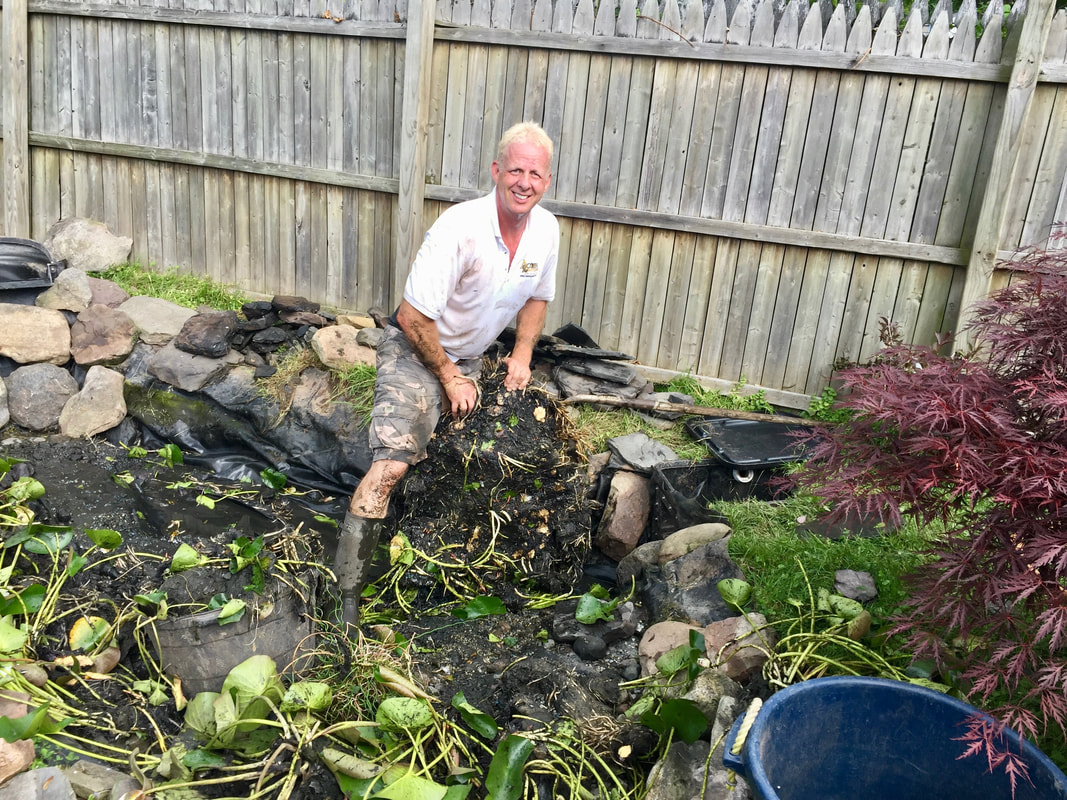
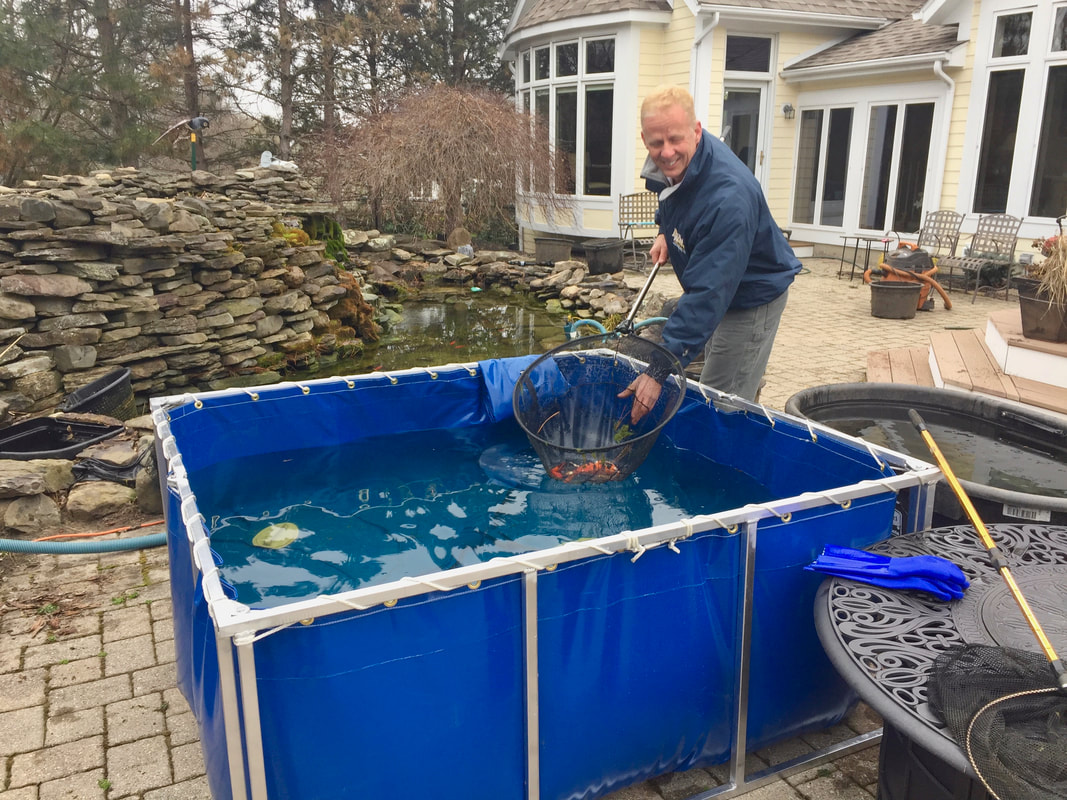
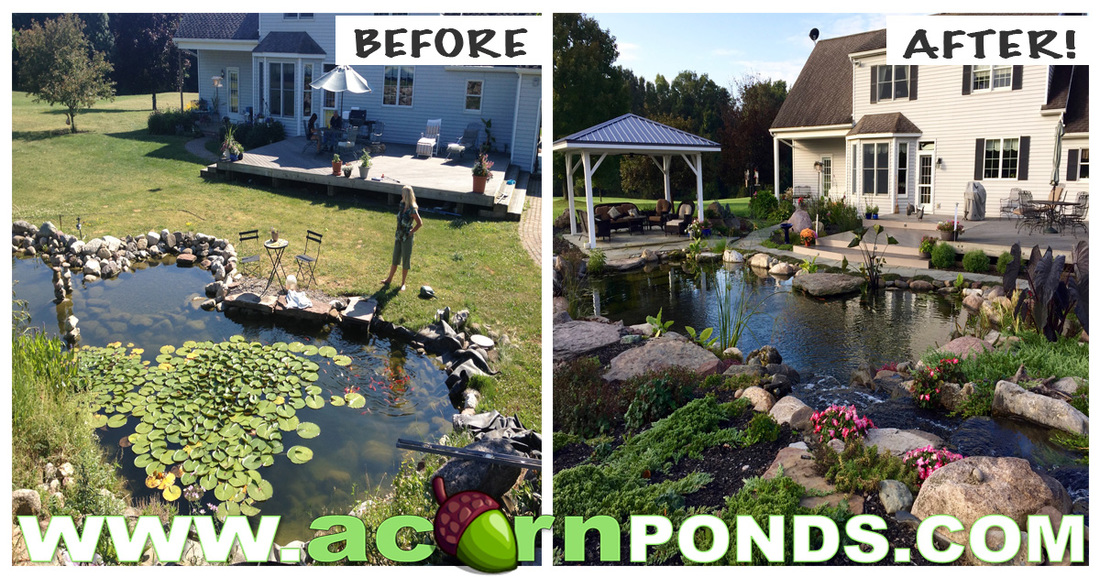
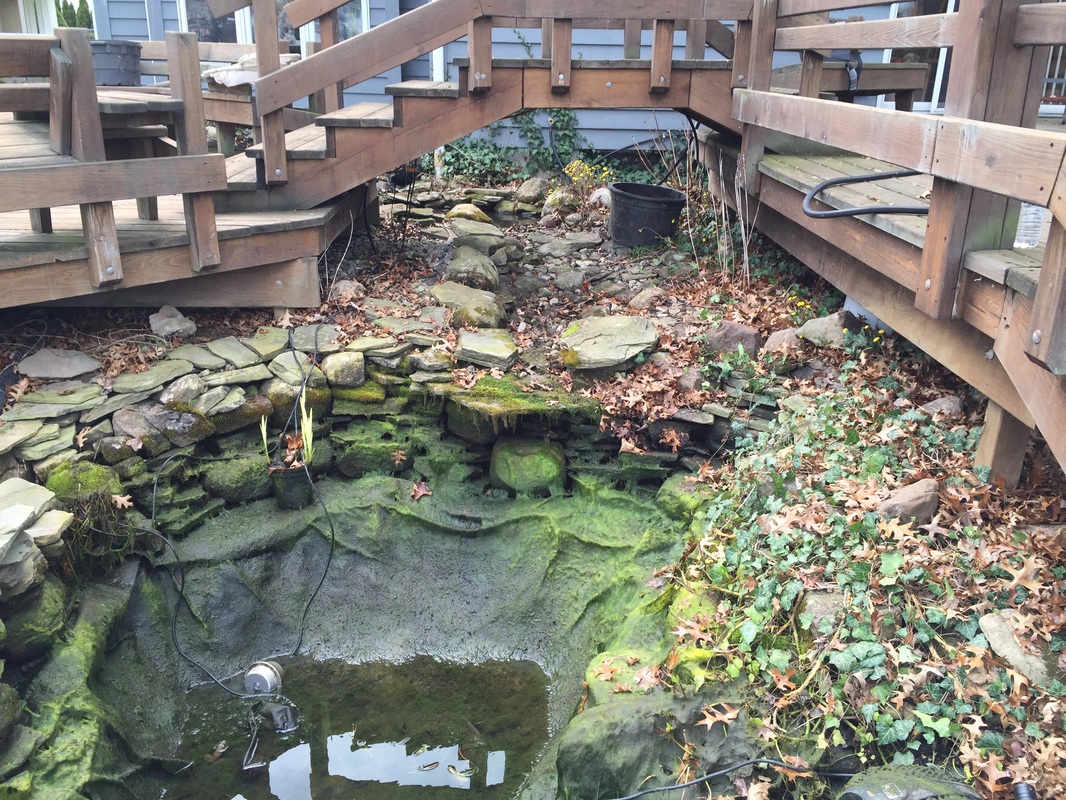
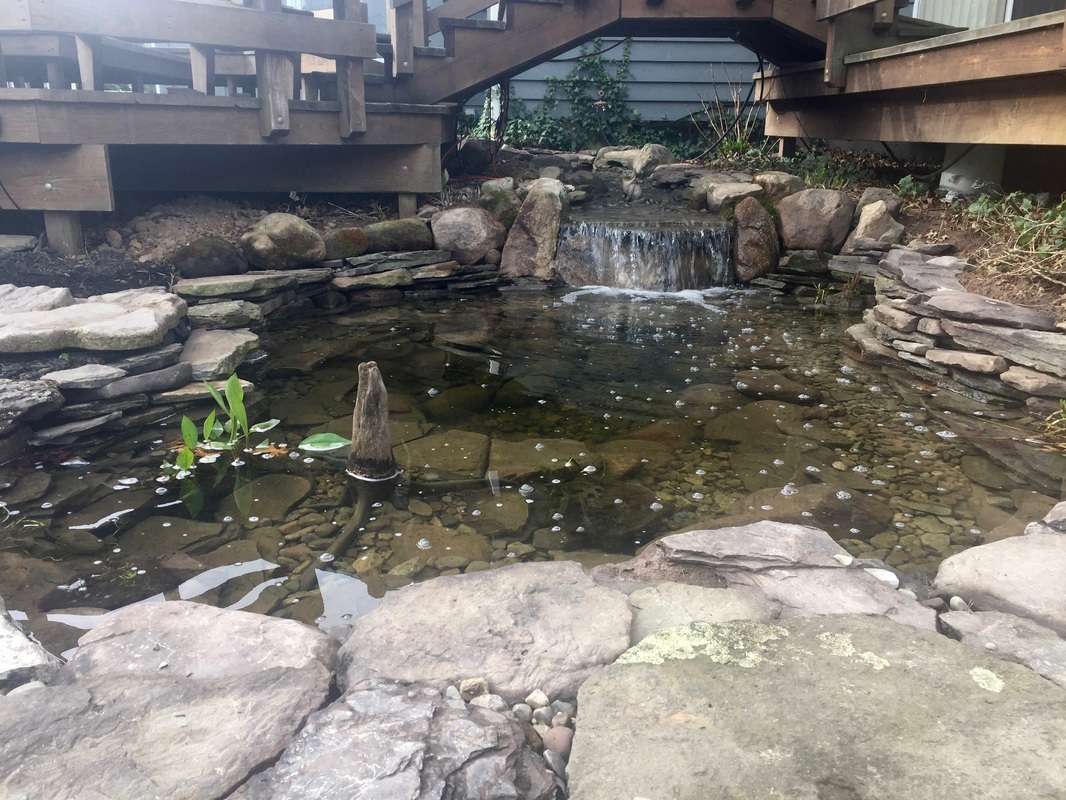
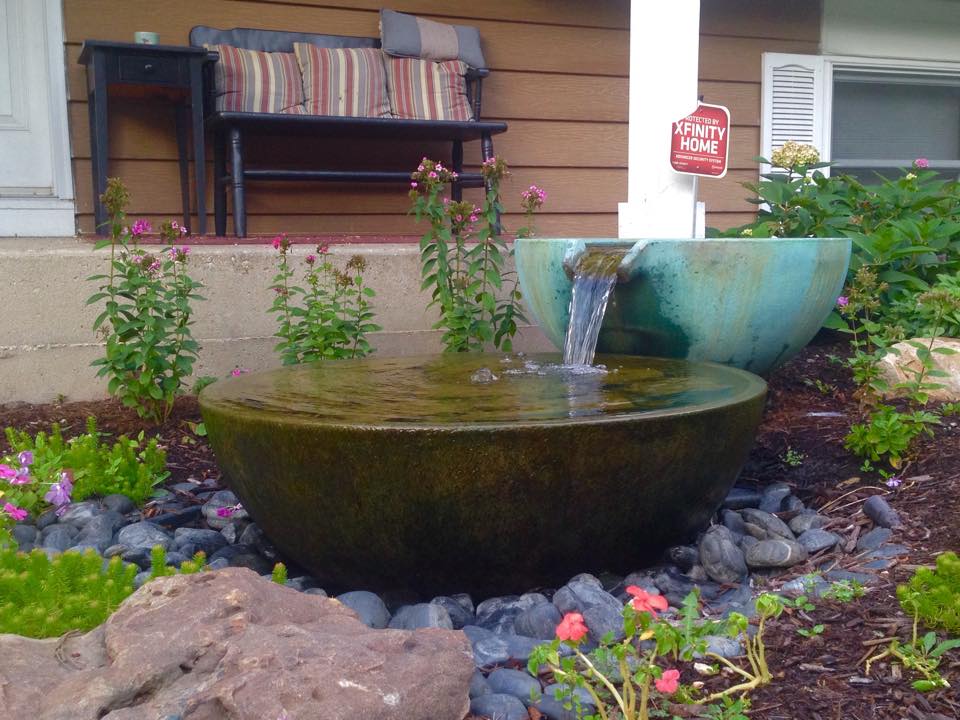
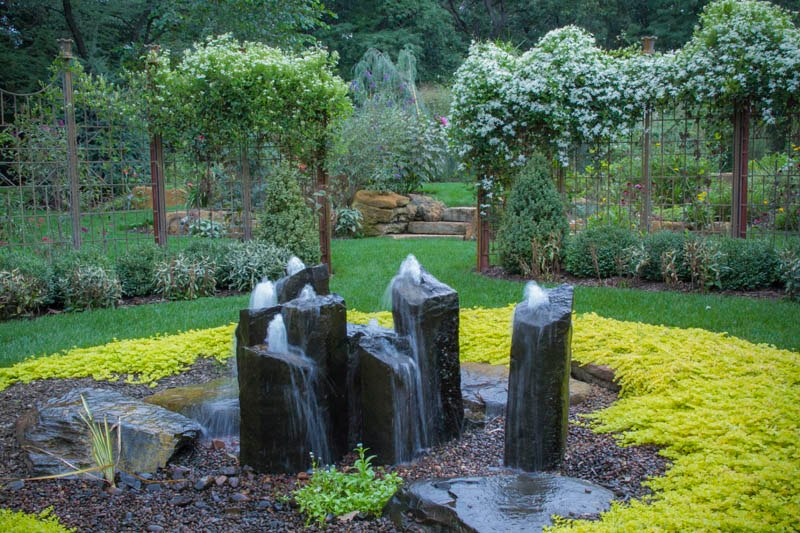
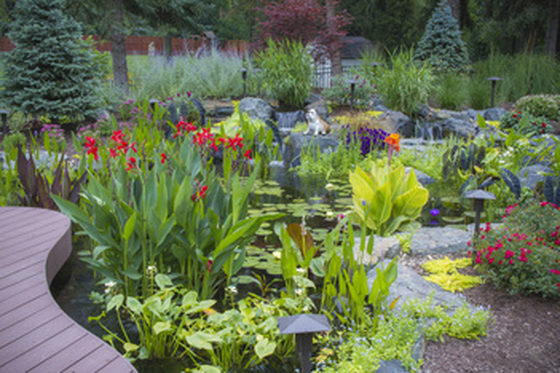

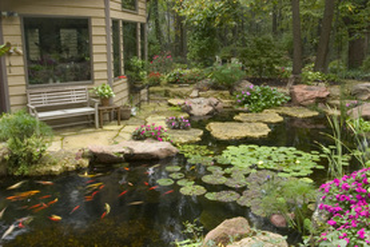
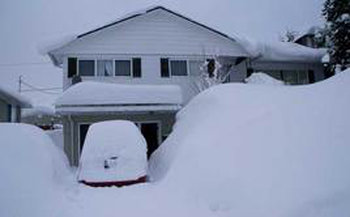
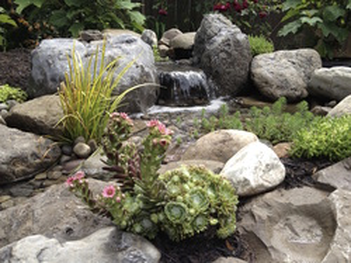
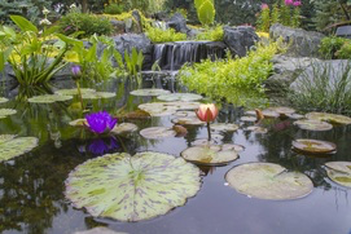
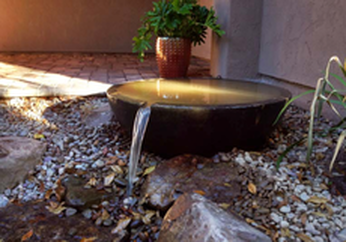
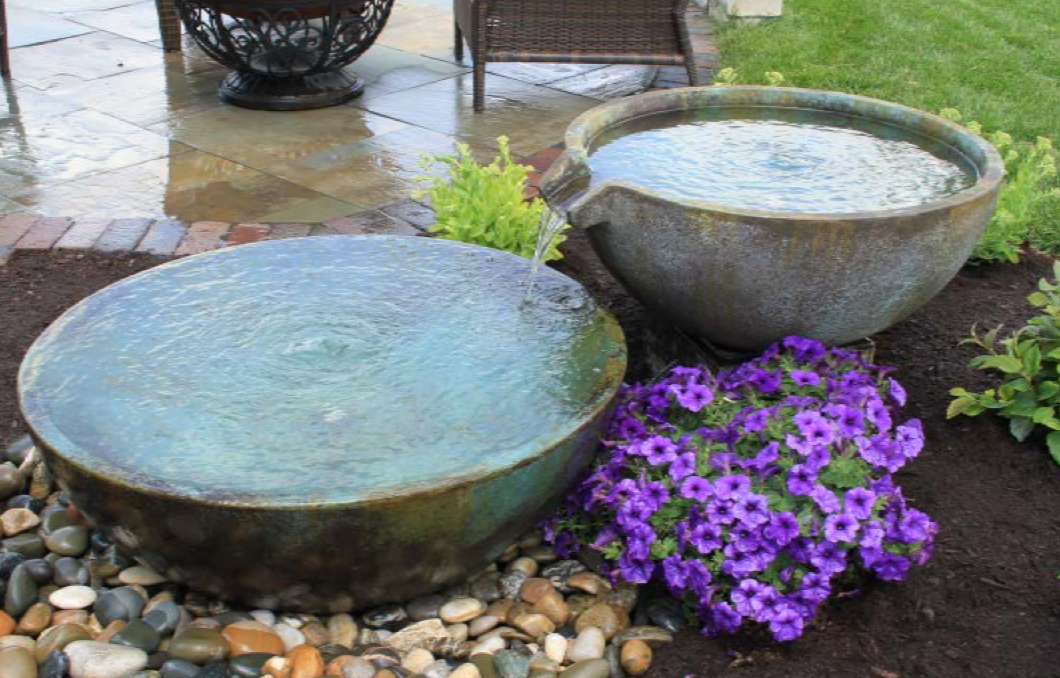
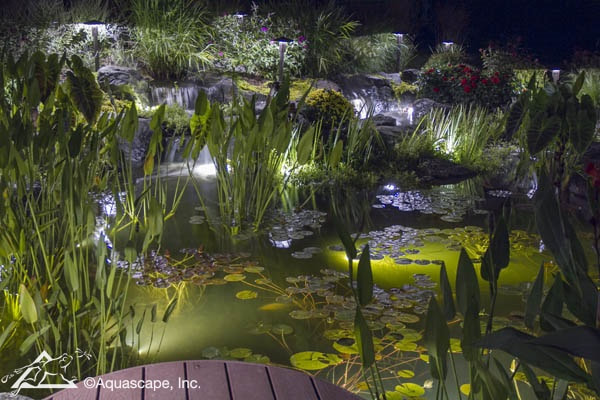
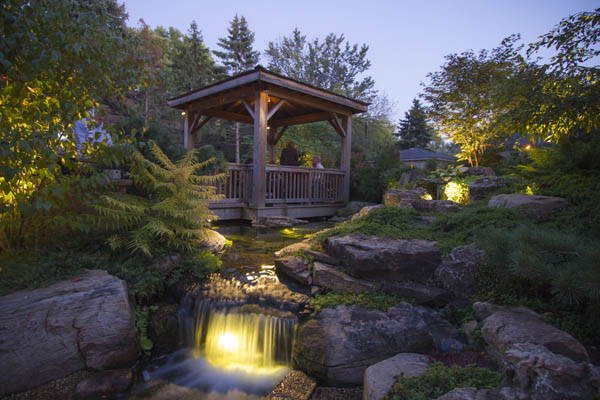
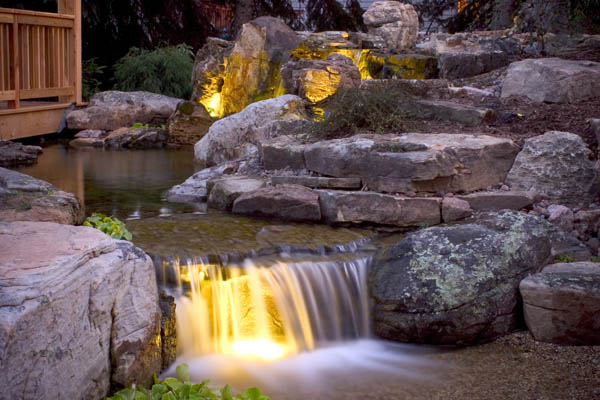
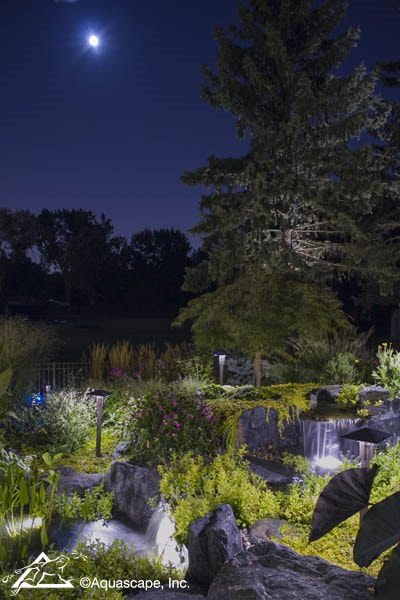
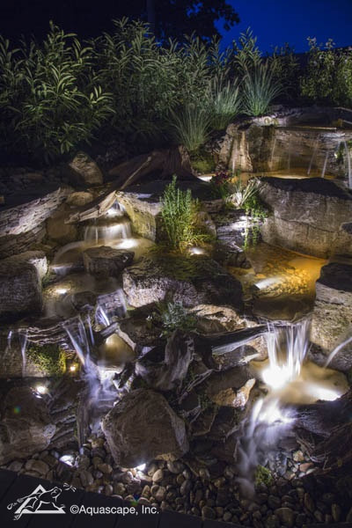
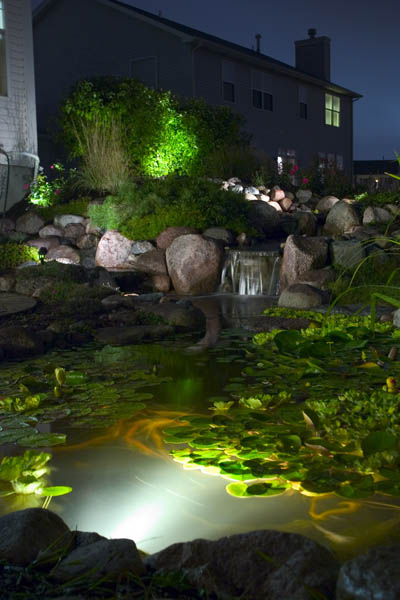
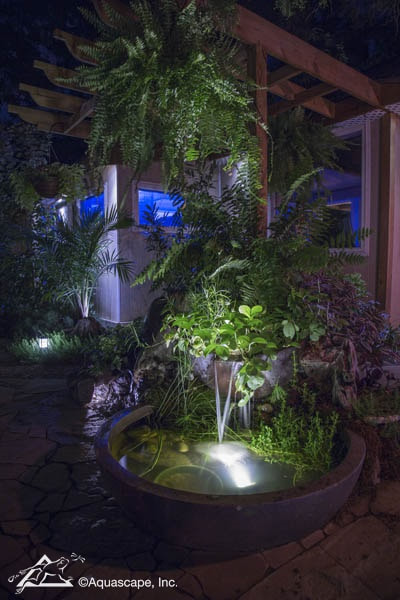
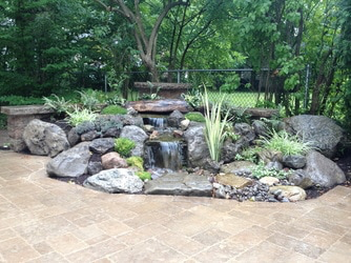
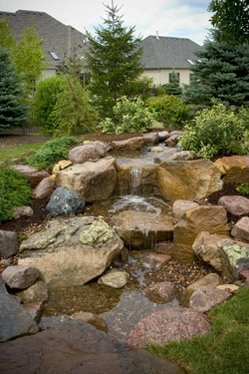
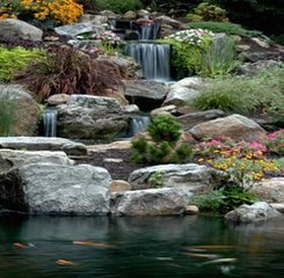
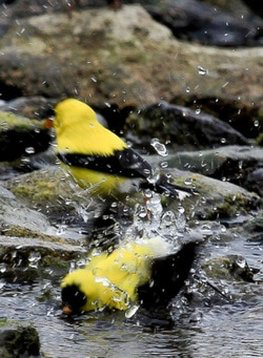
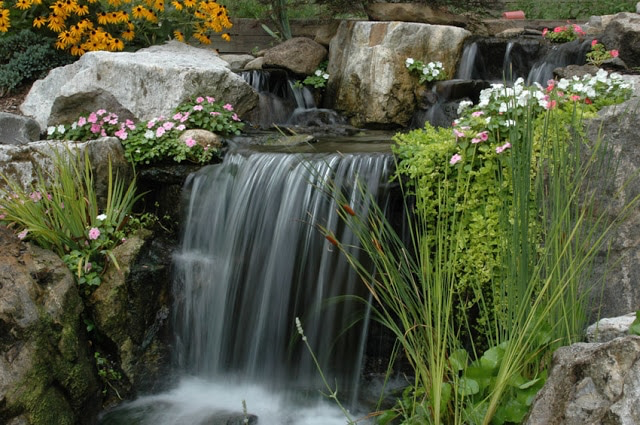
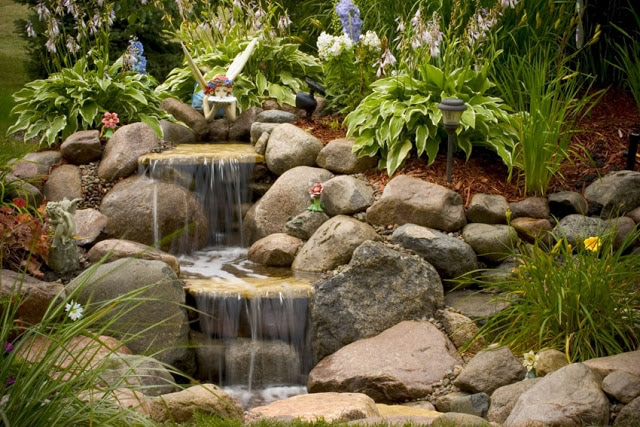
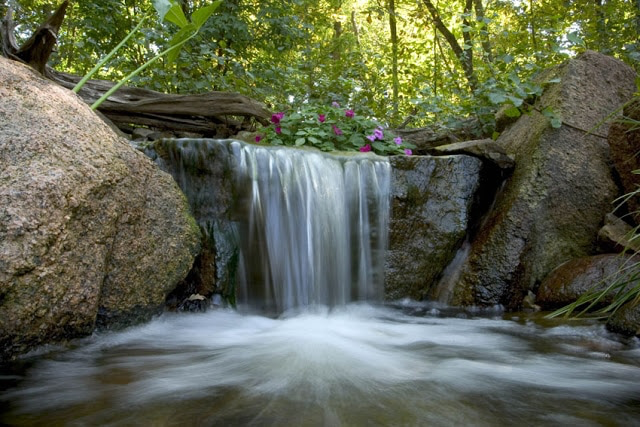
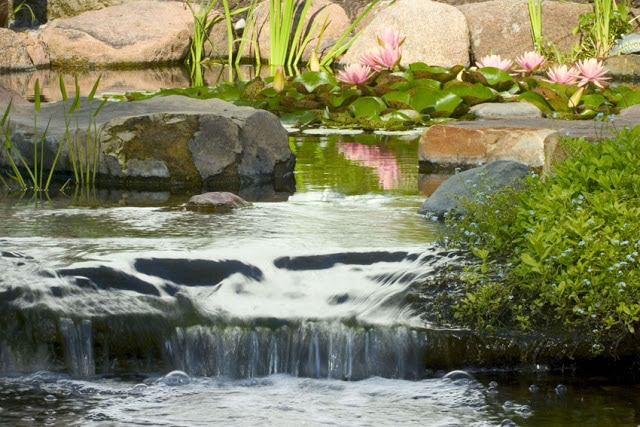
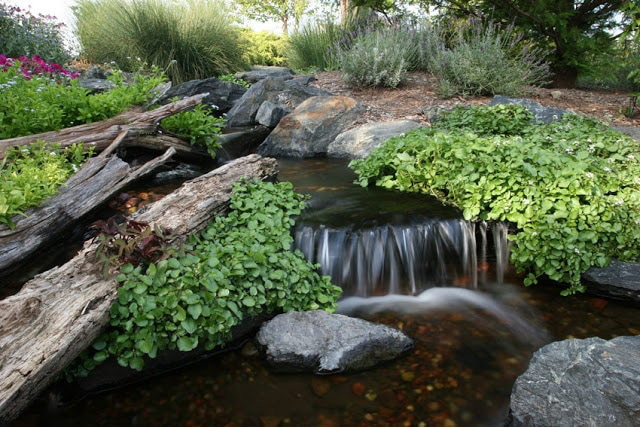
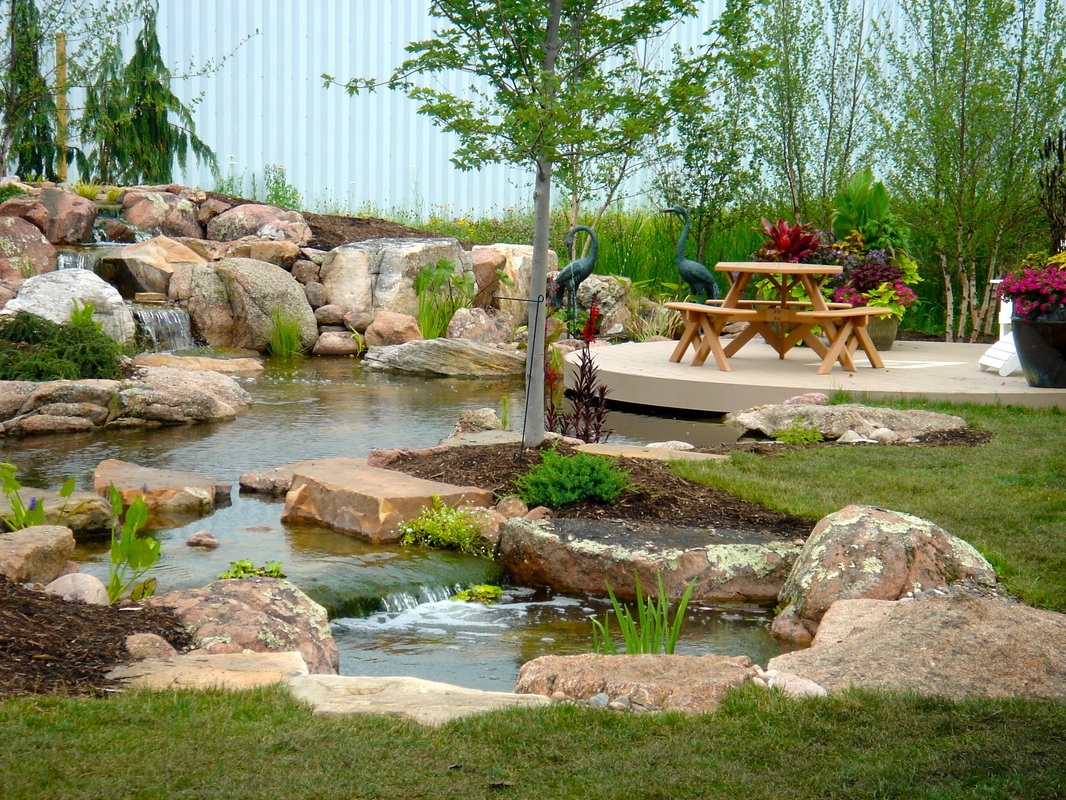
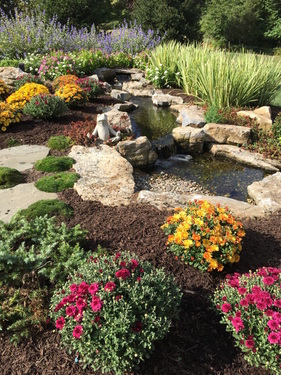
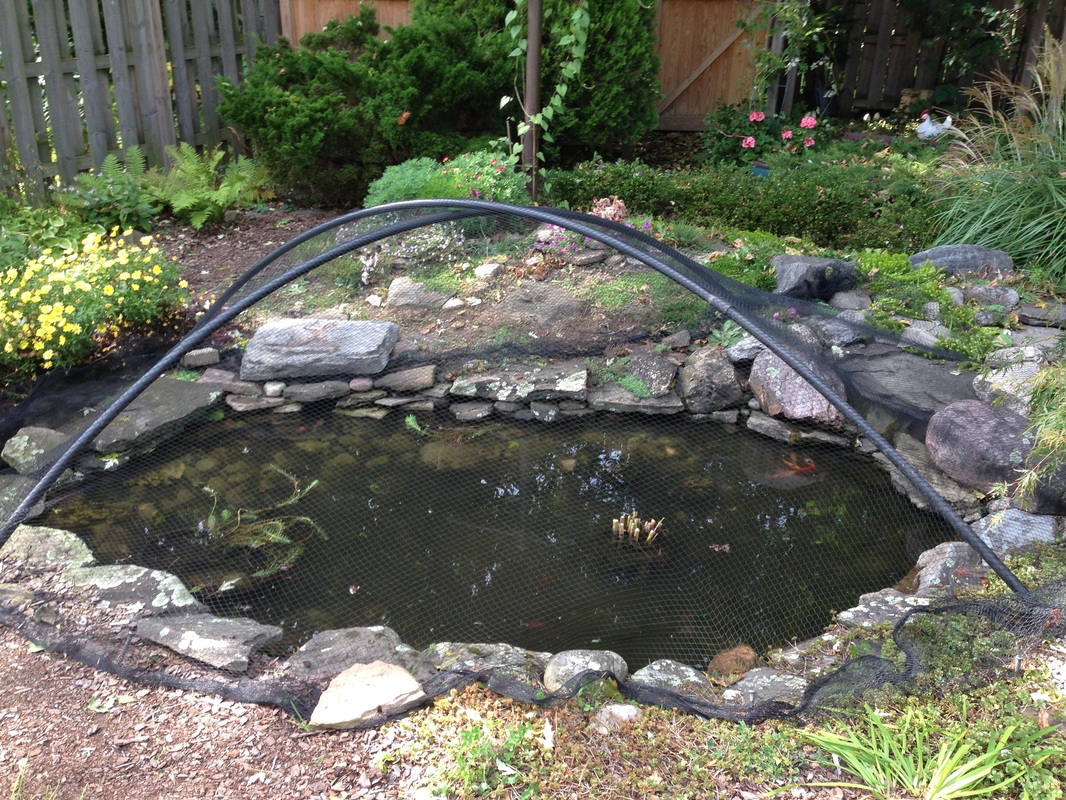
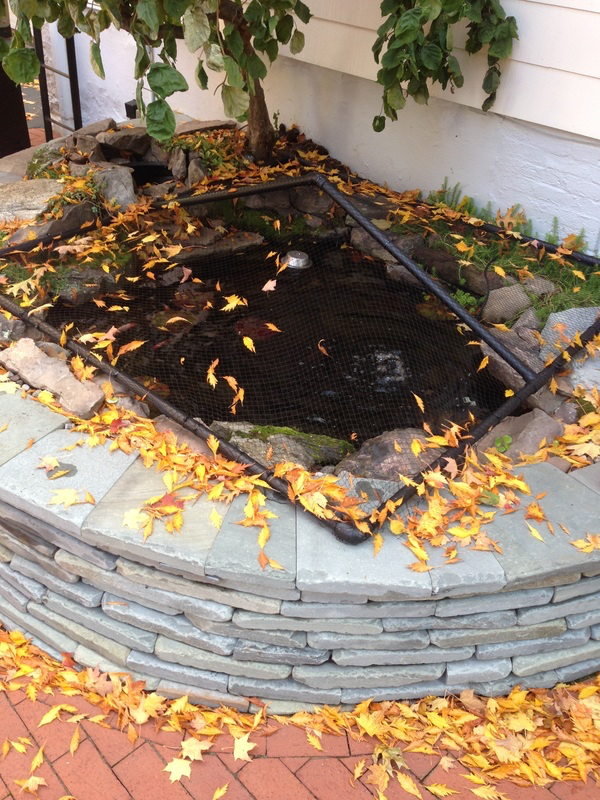
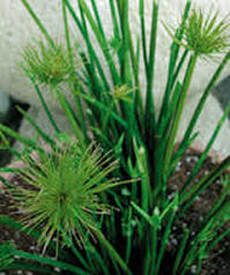
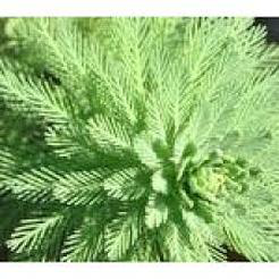
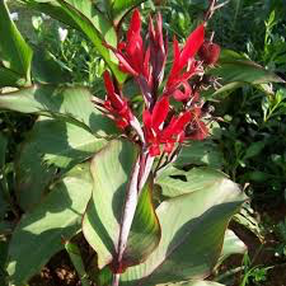
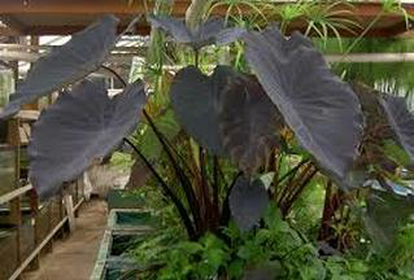
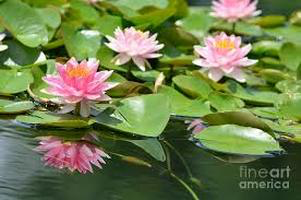
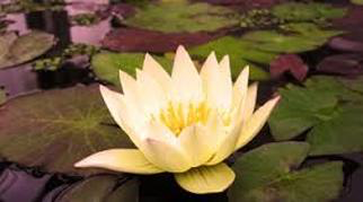

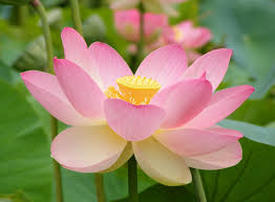
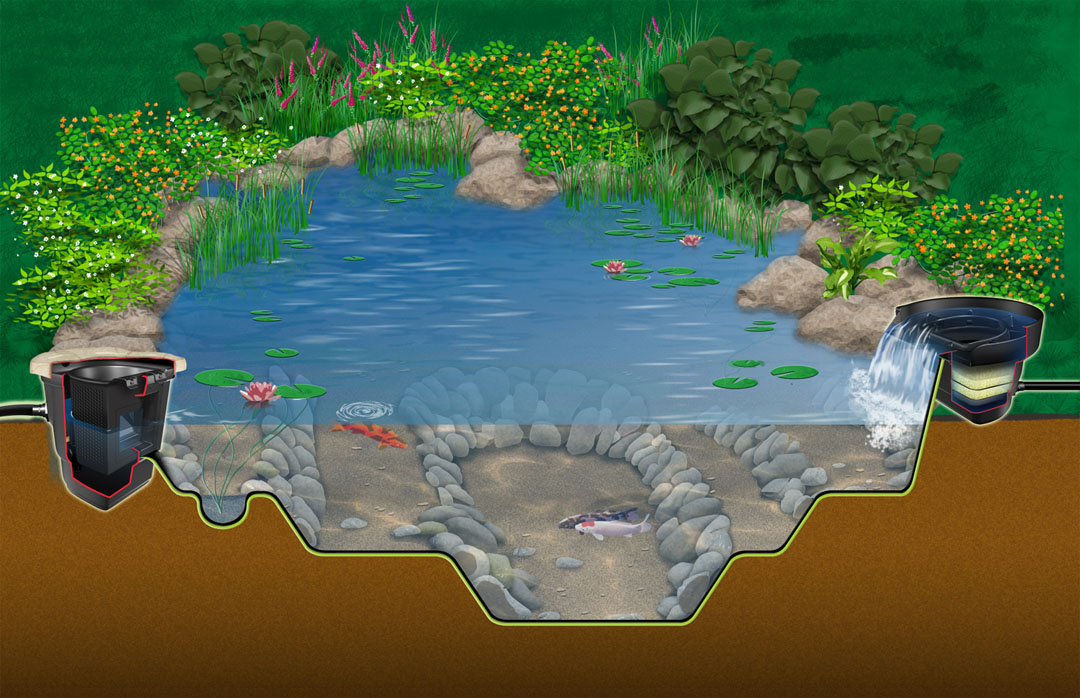
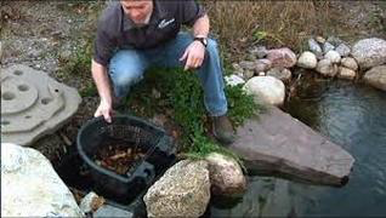
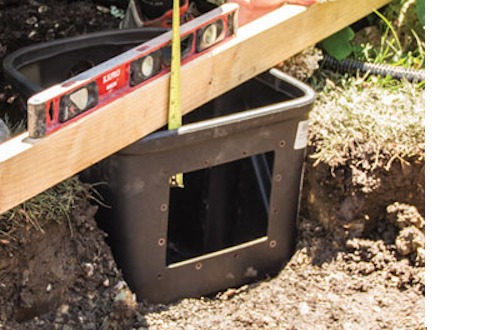
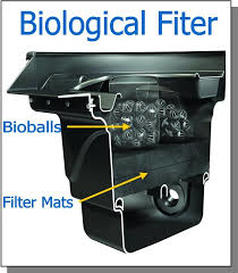
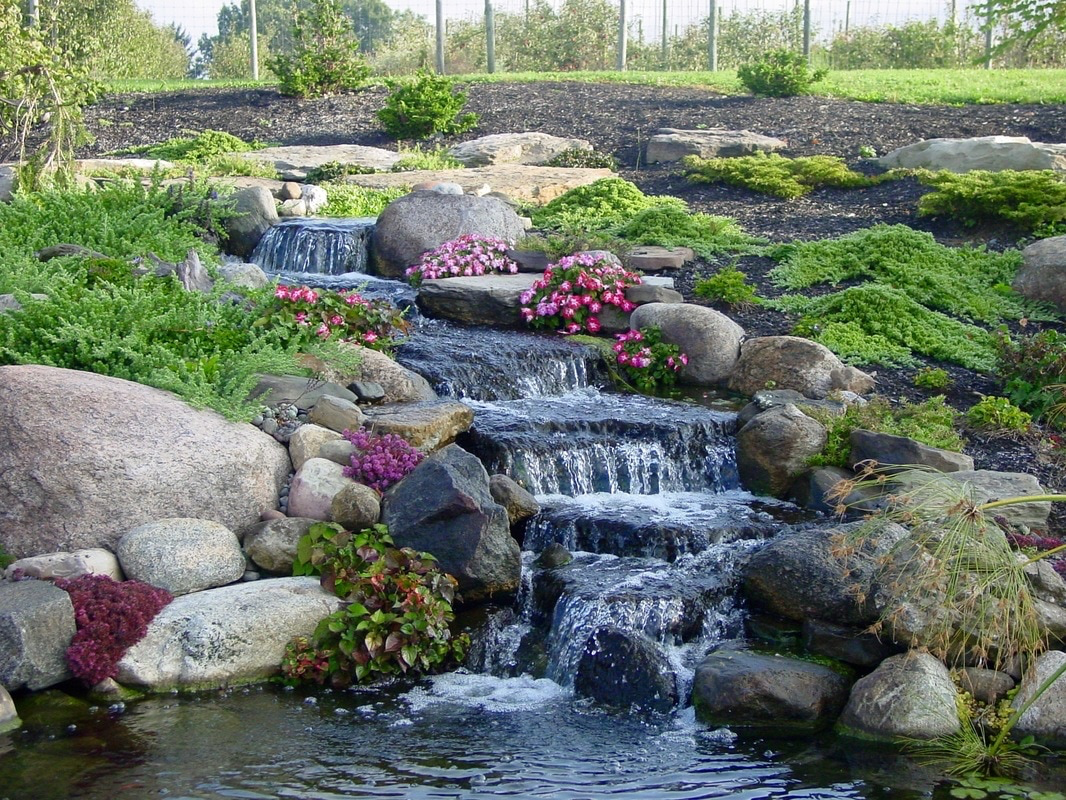
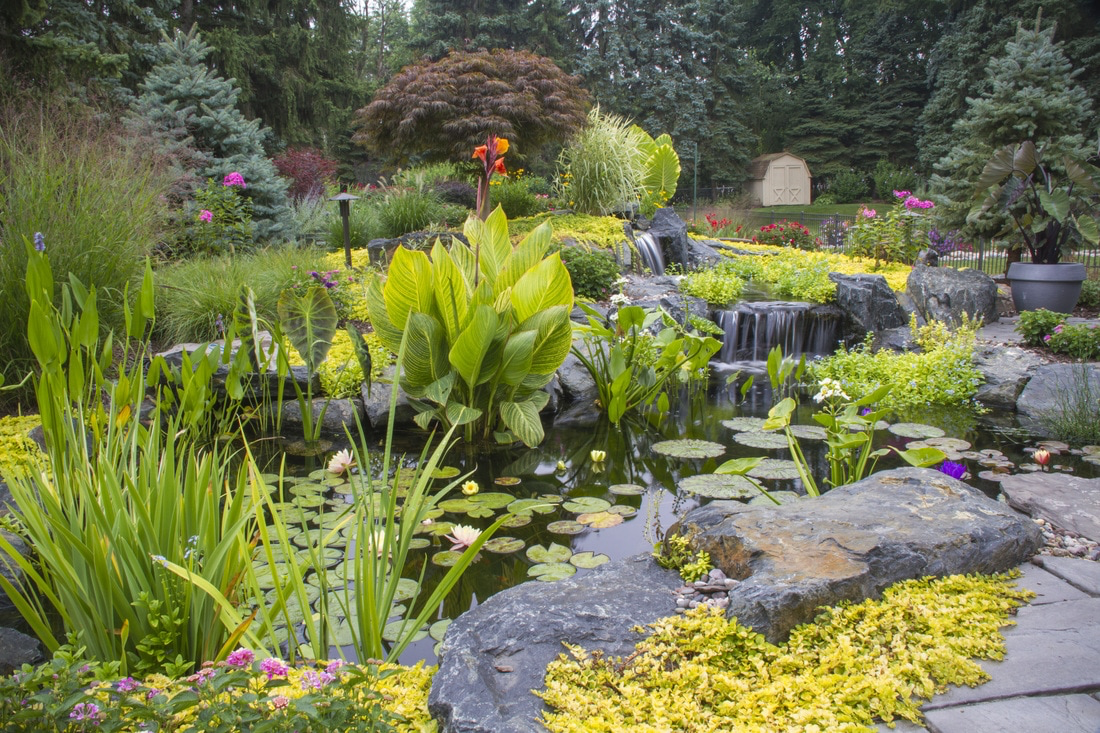
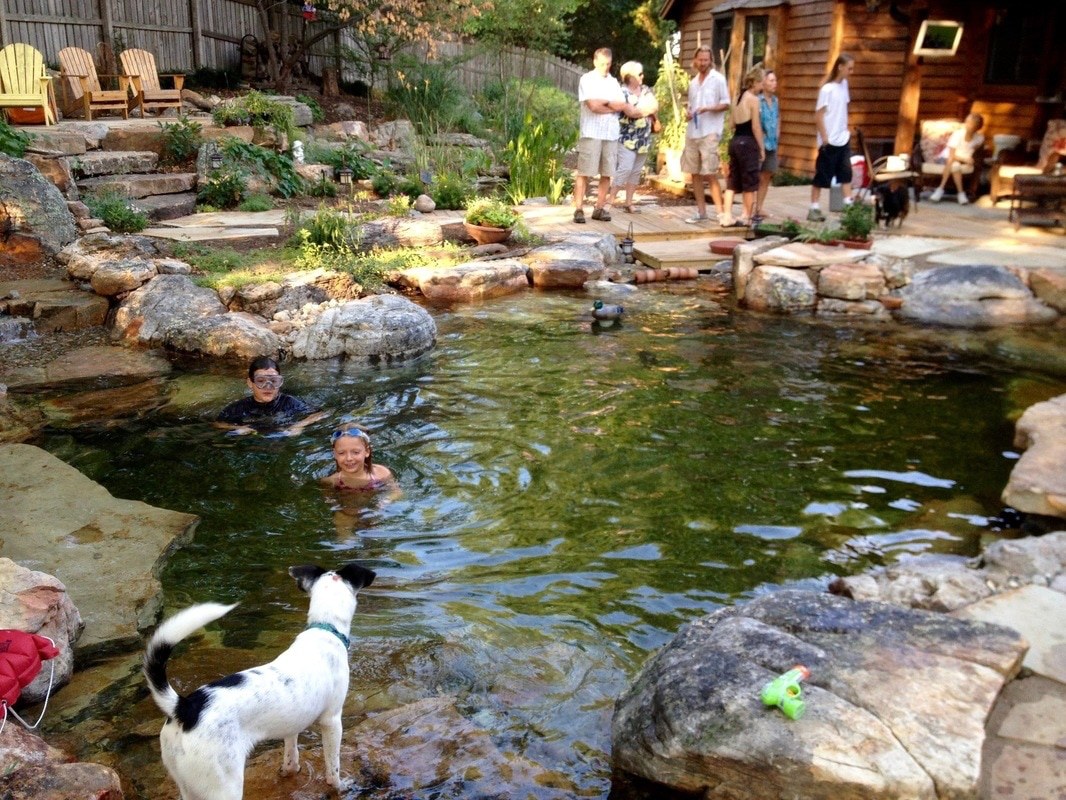
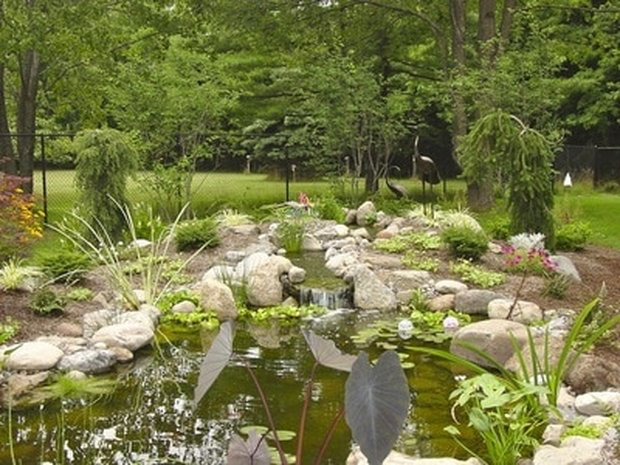

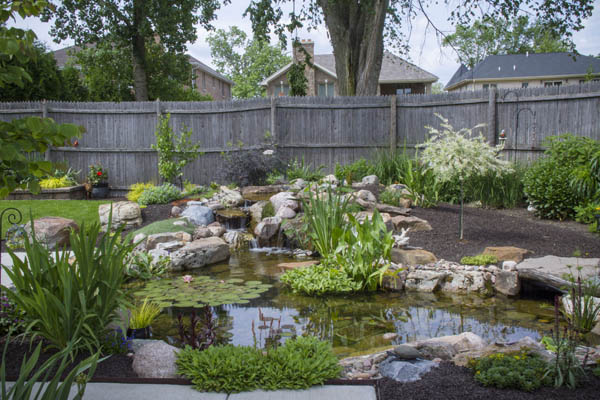
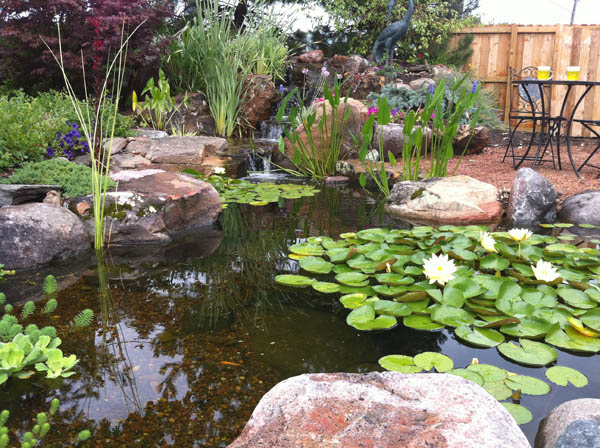
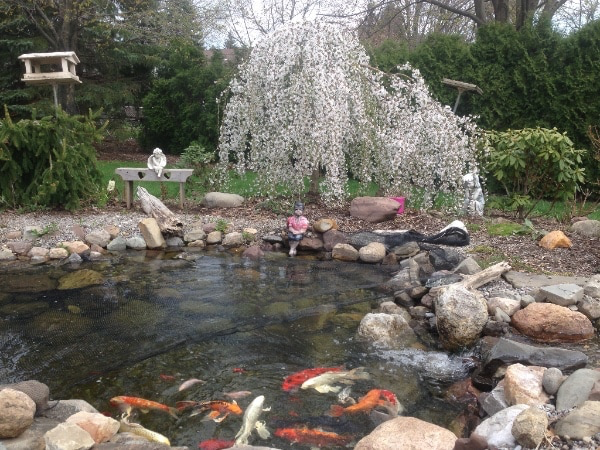
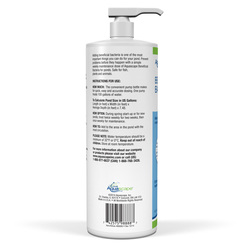
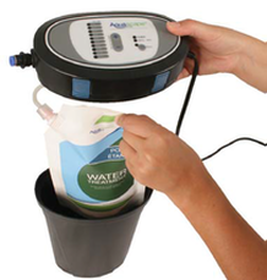

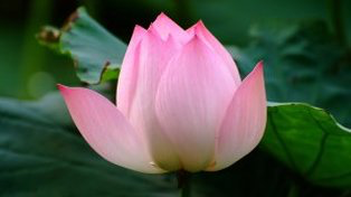
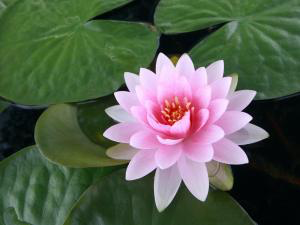
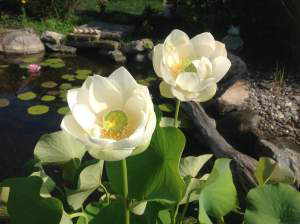
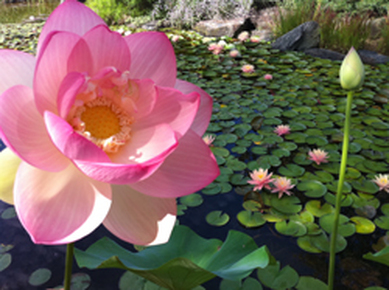
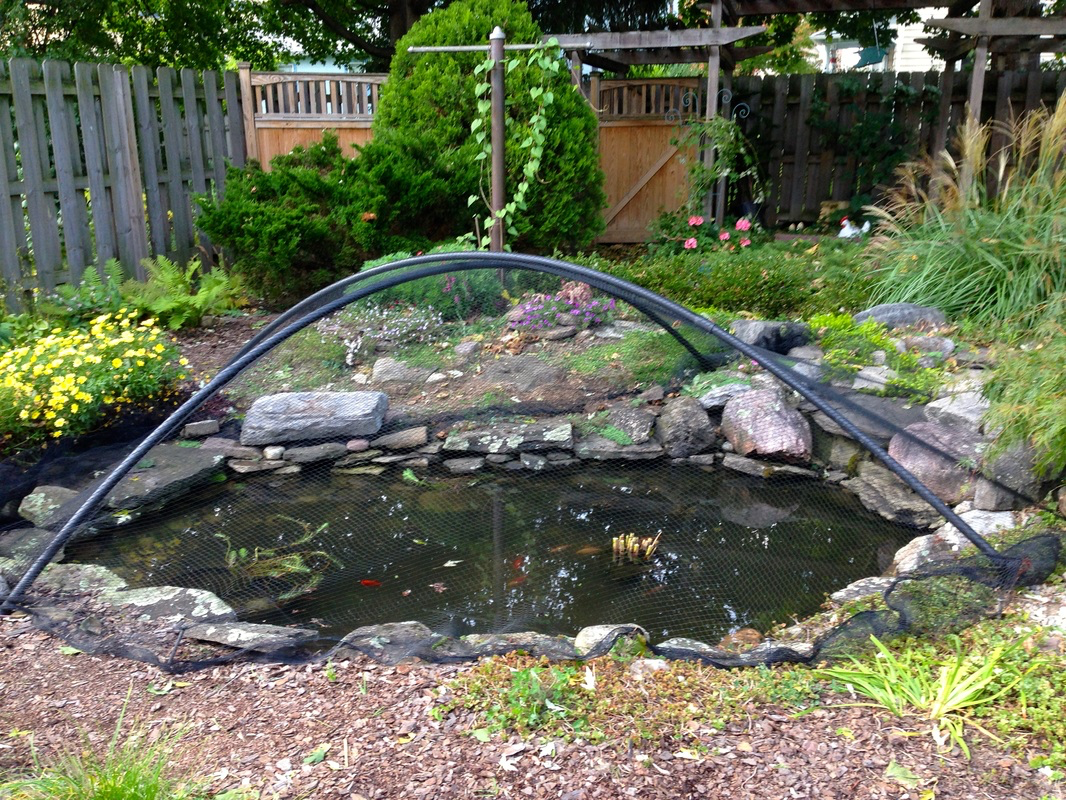
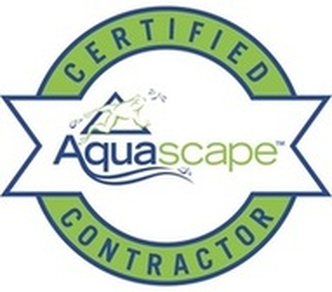
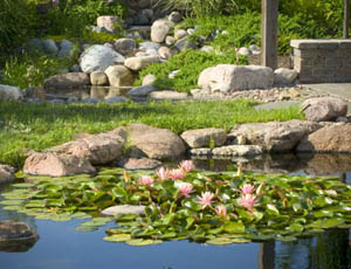




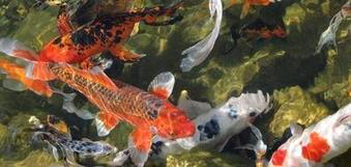
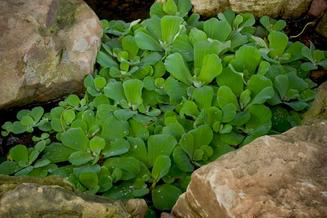


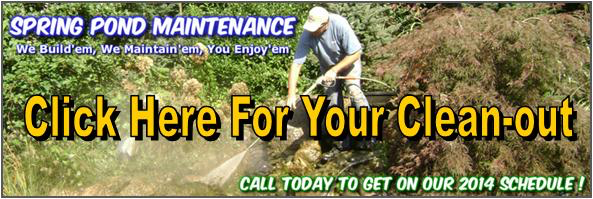
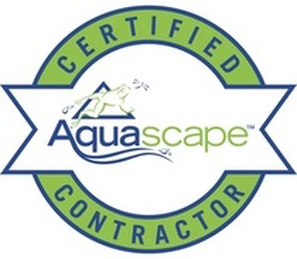
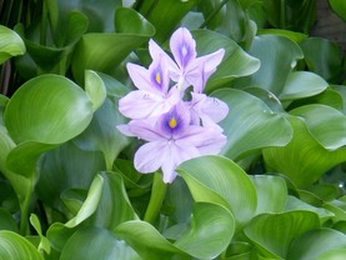
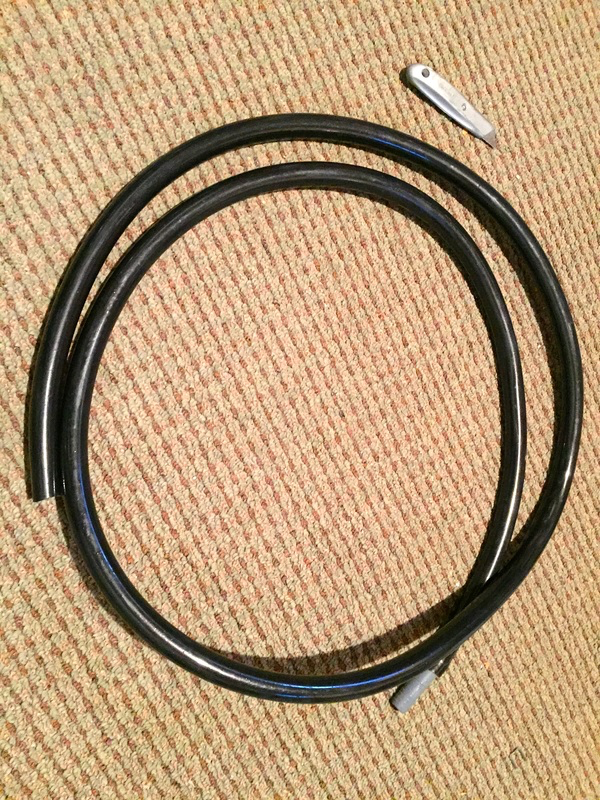
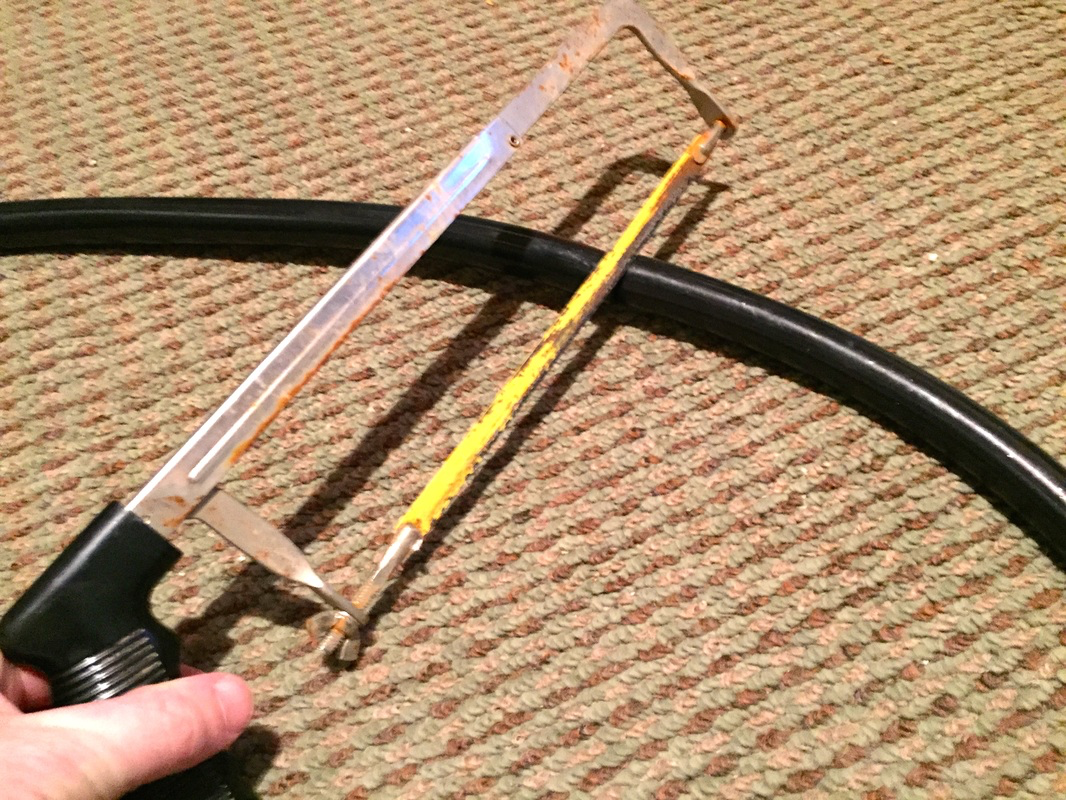
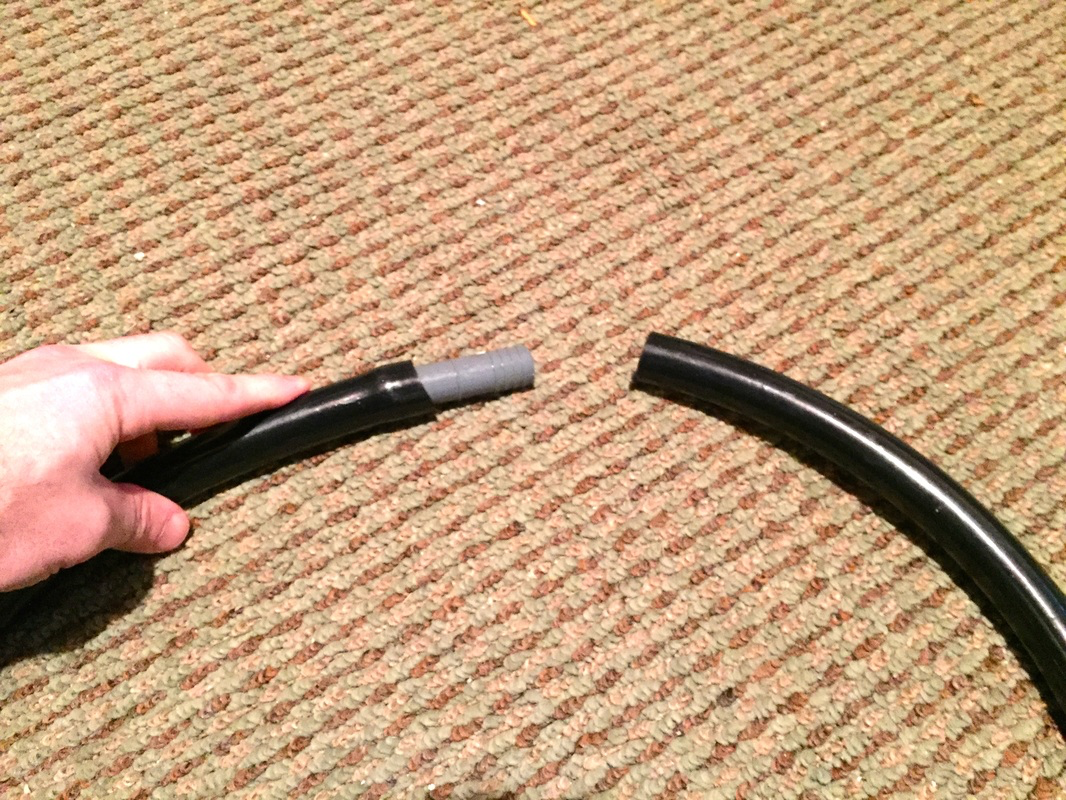
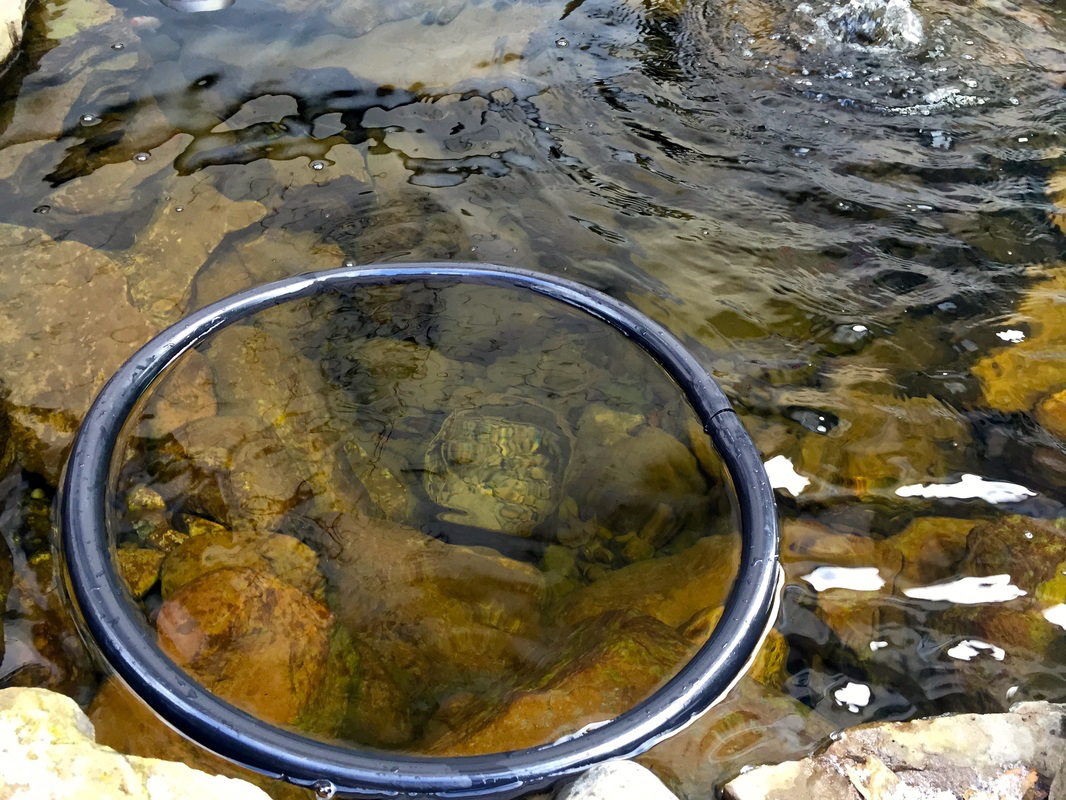
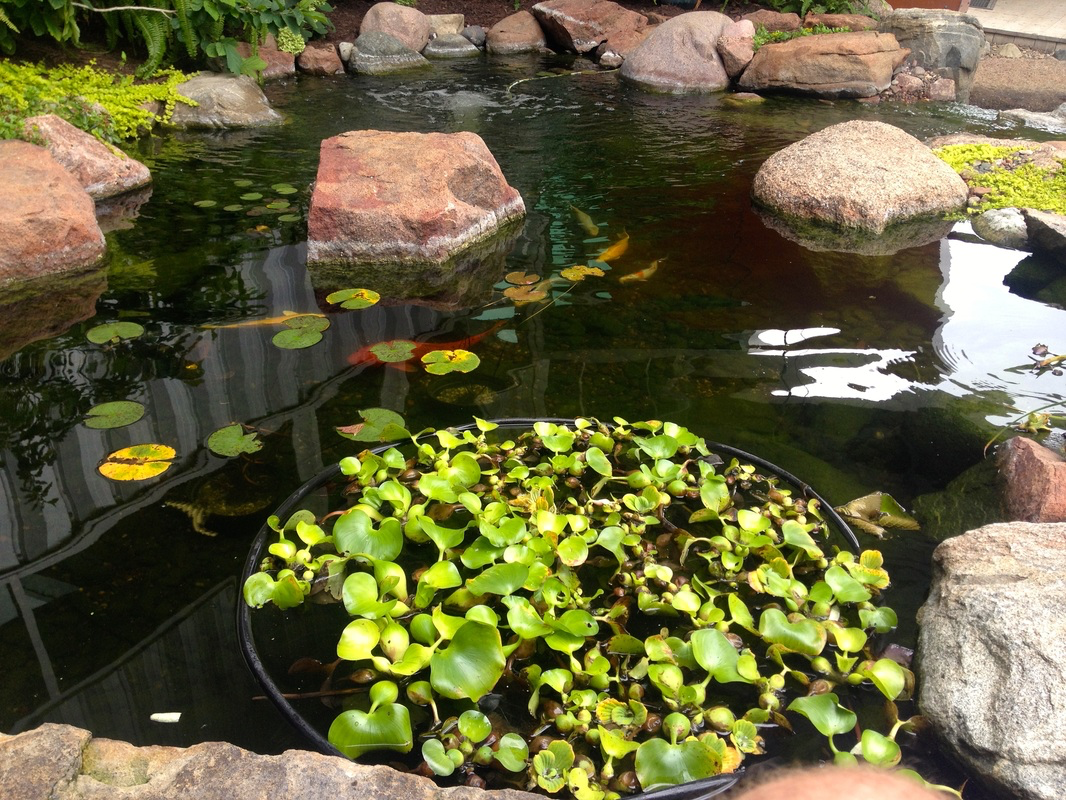

 RSS Feed
RSS Feed









